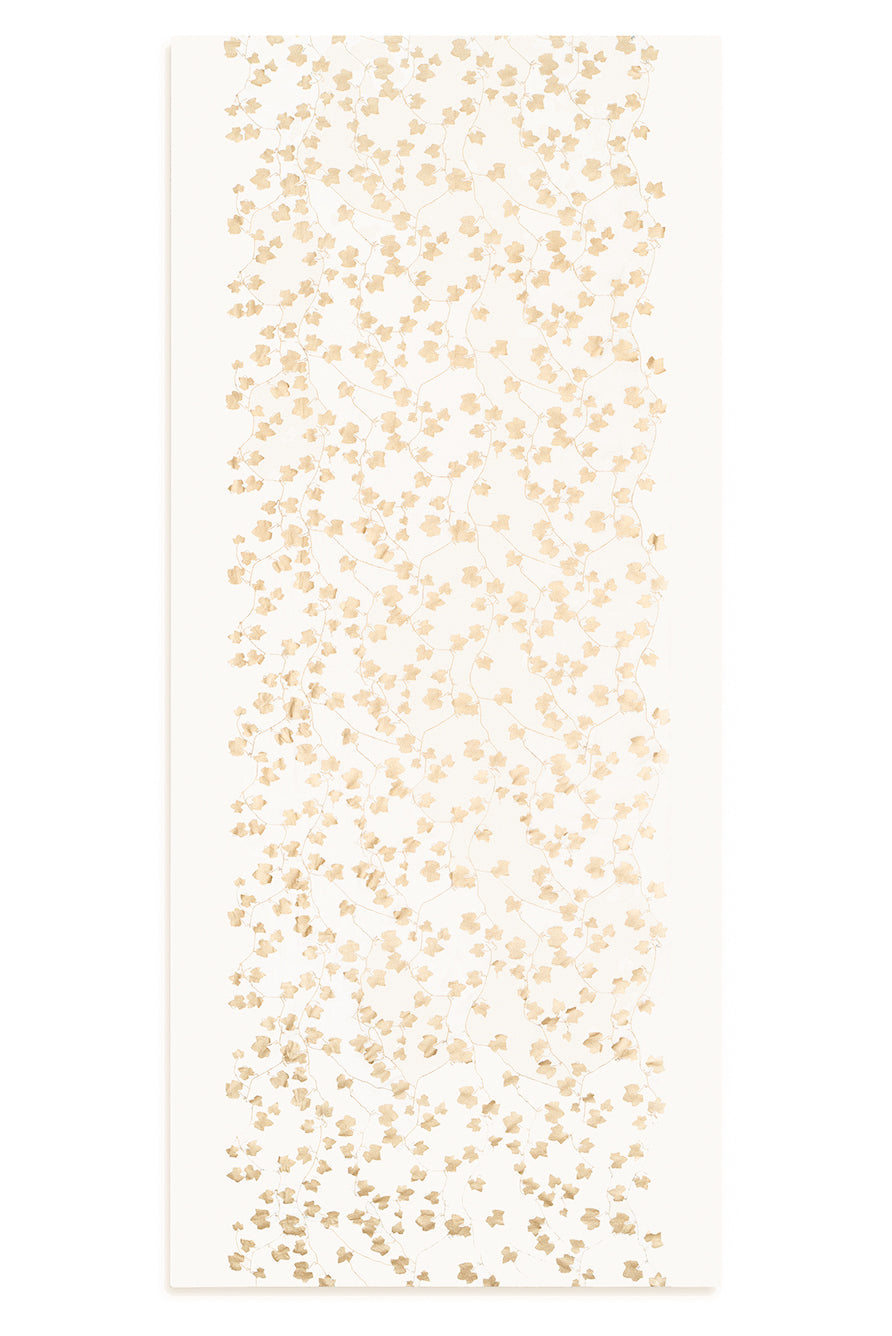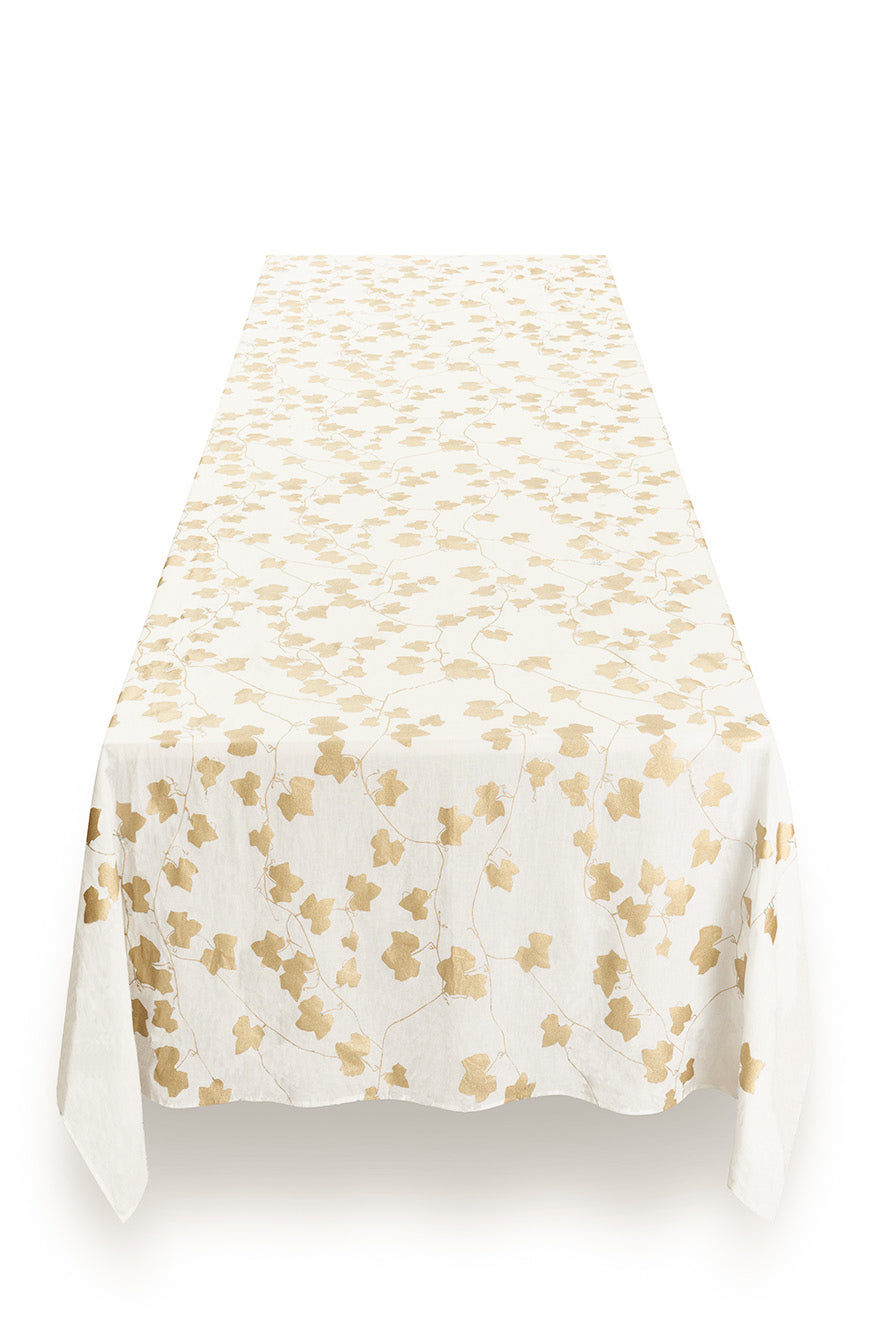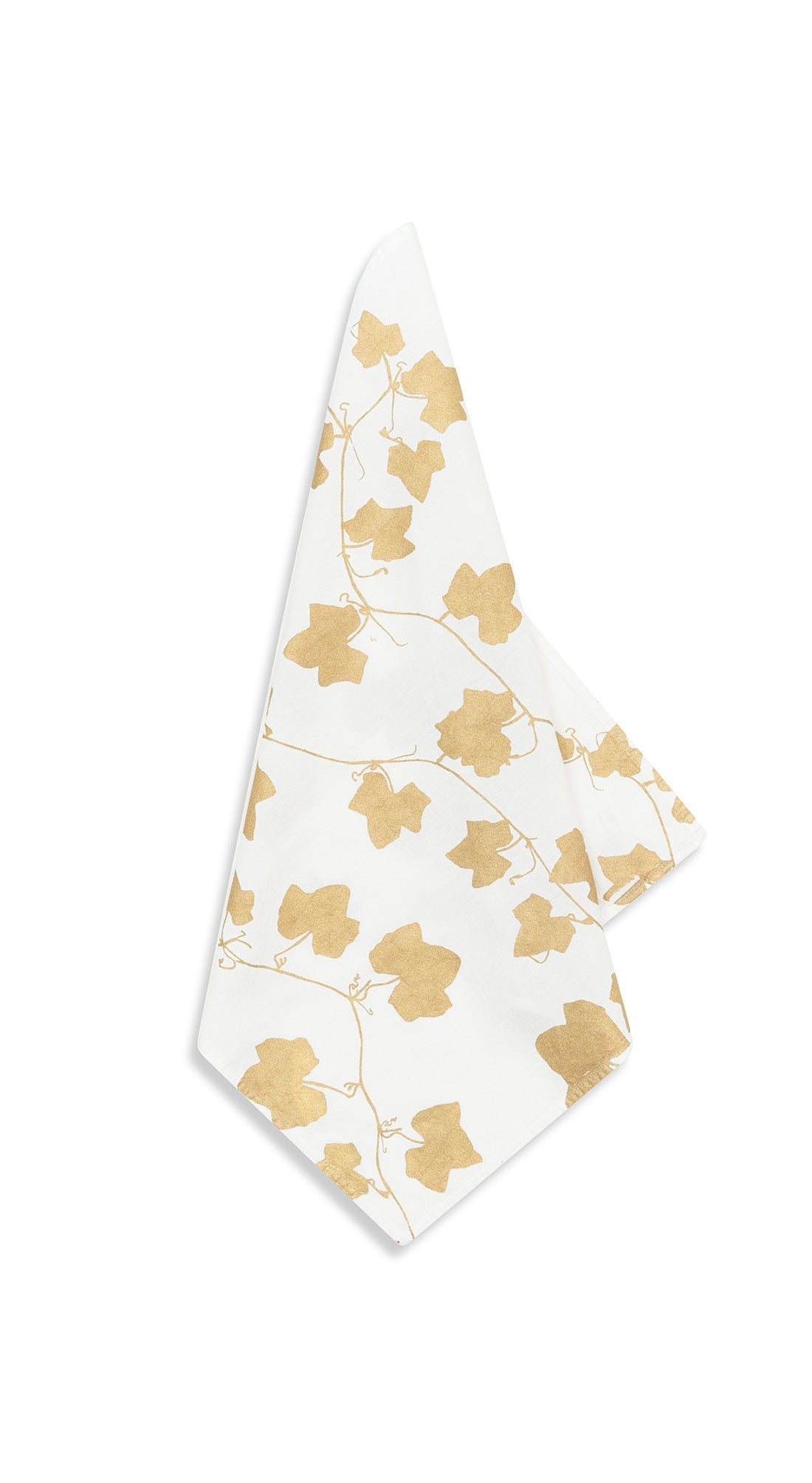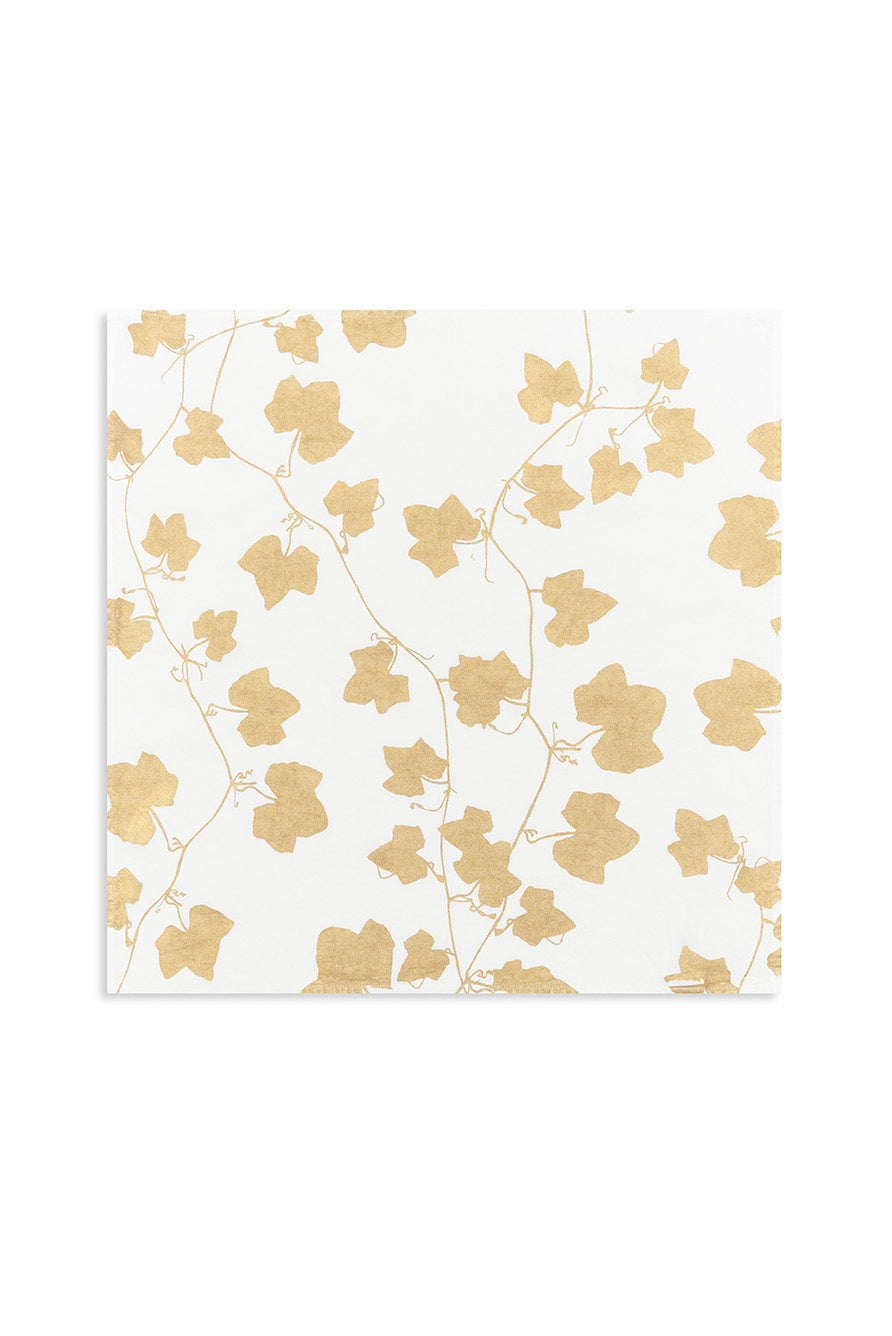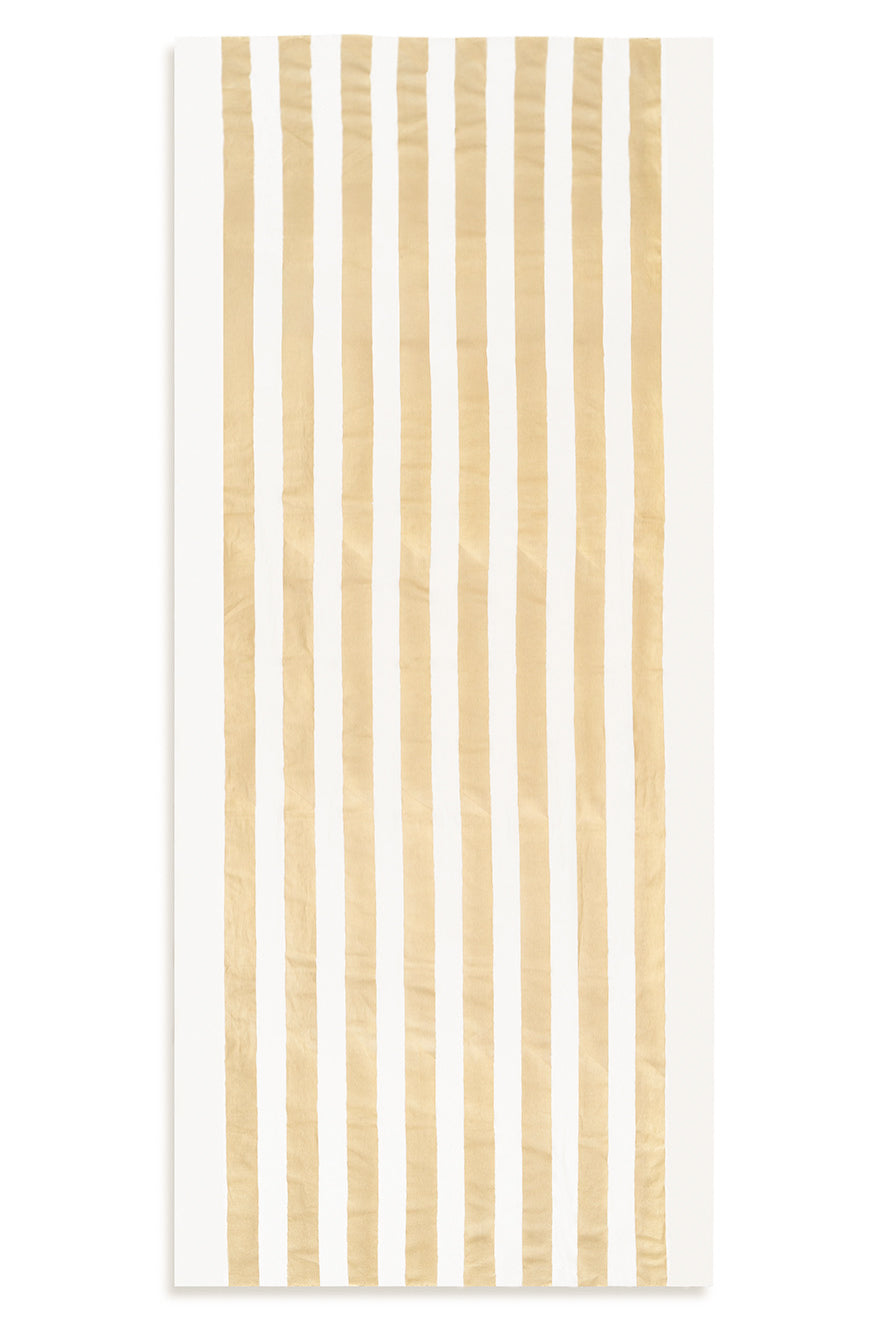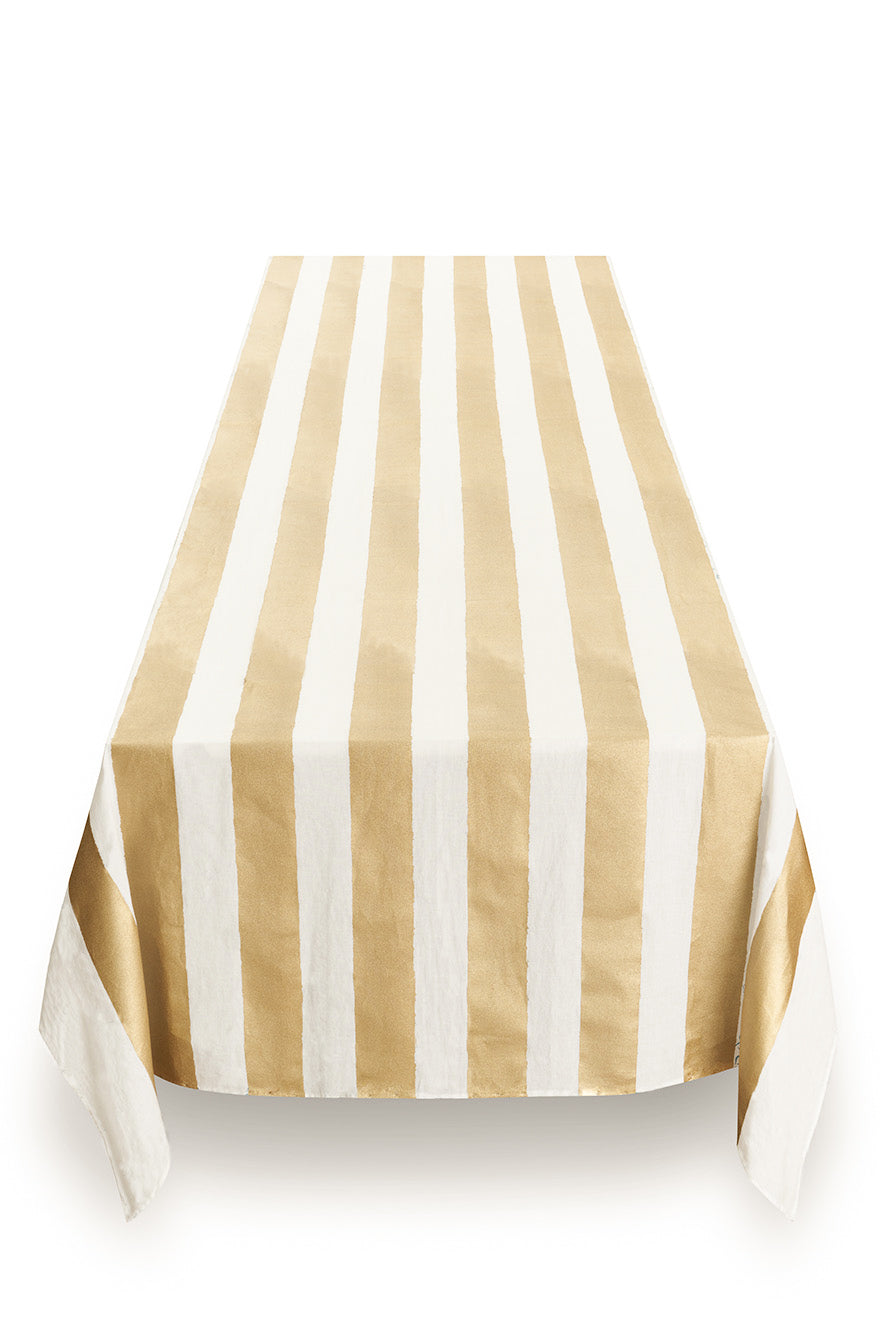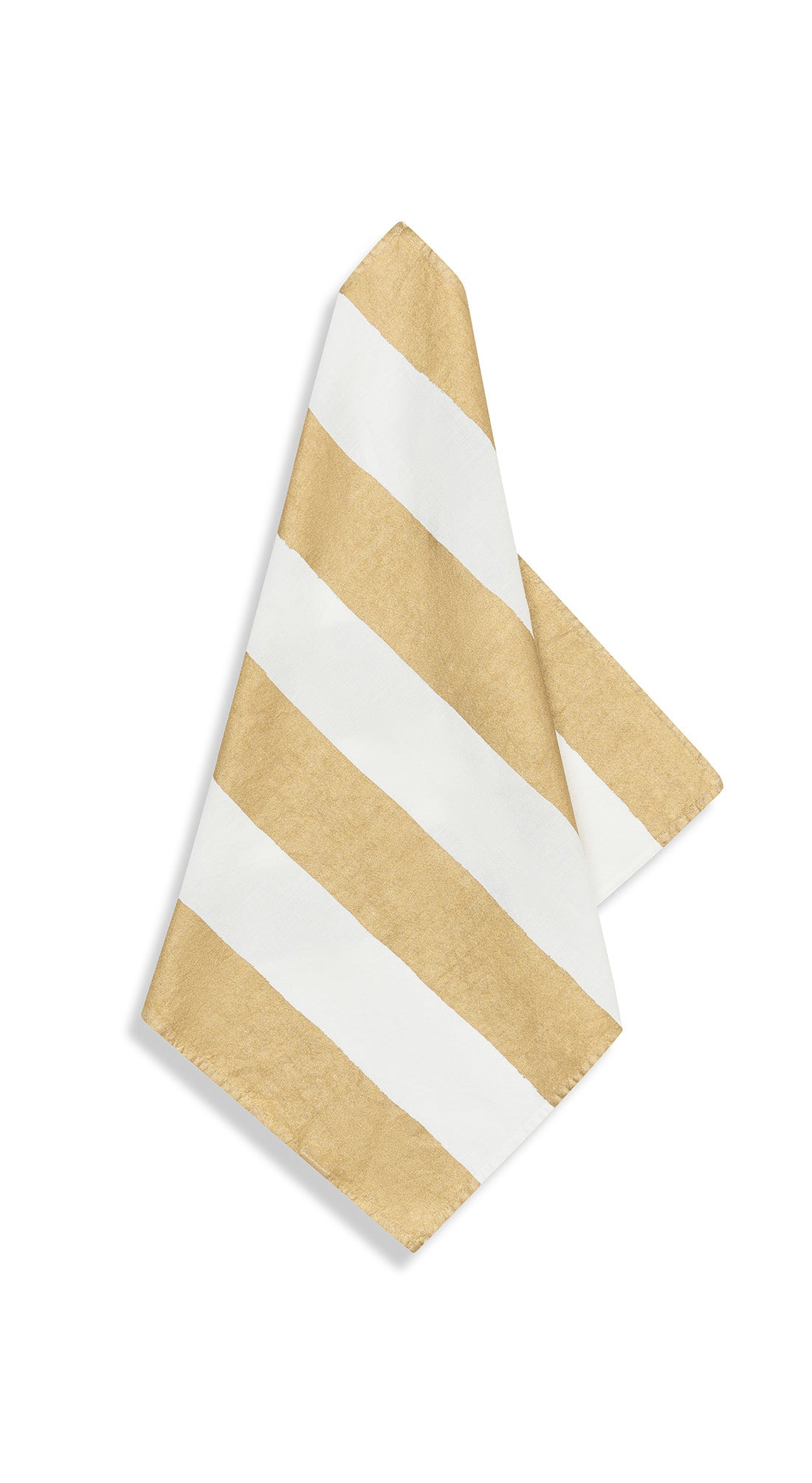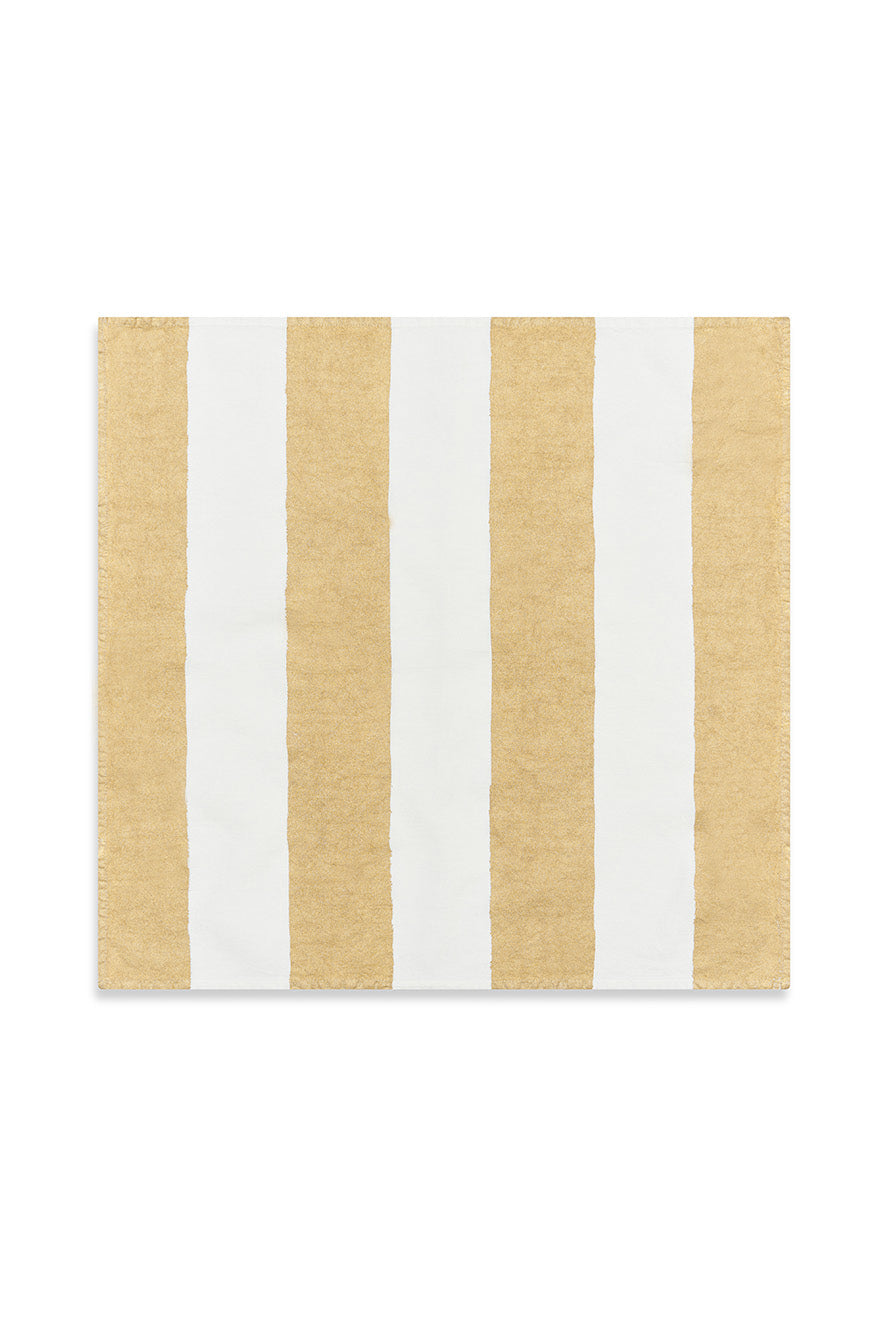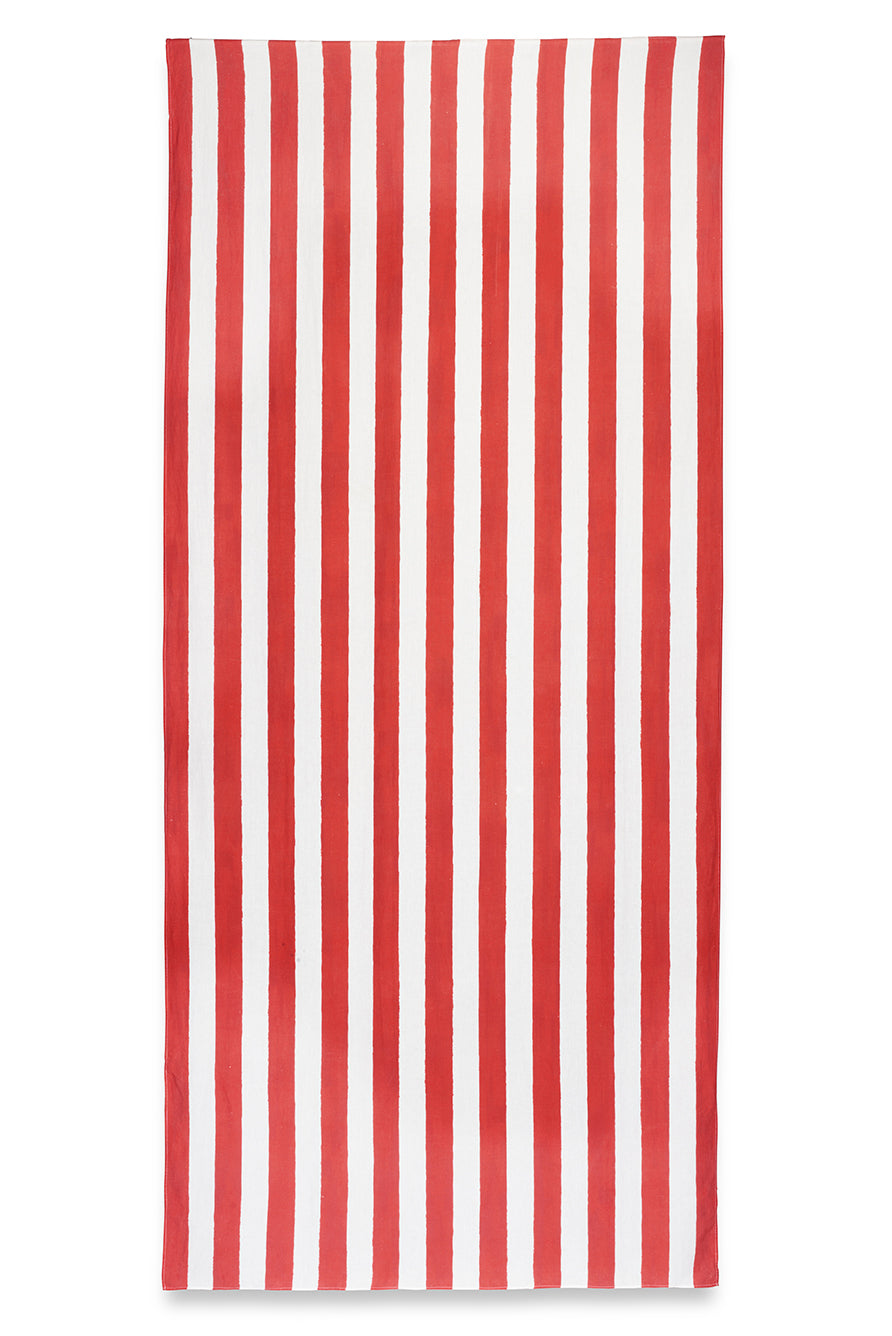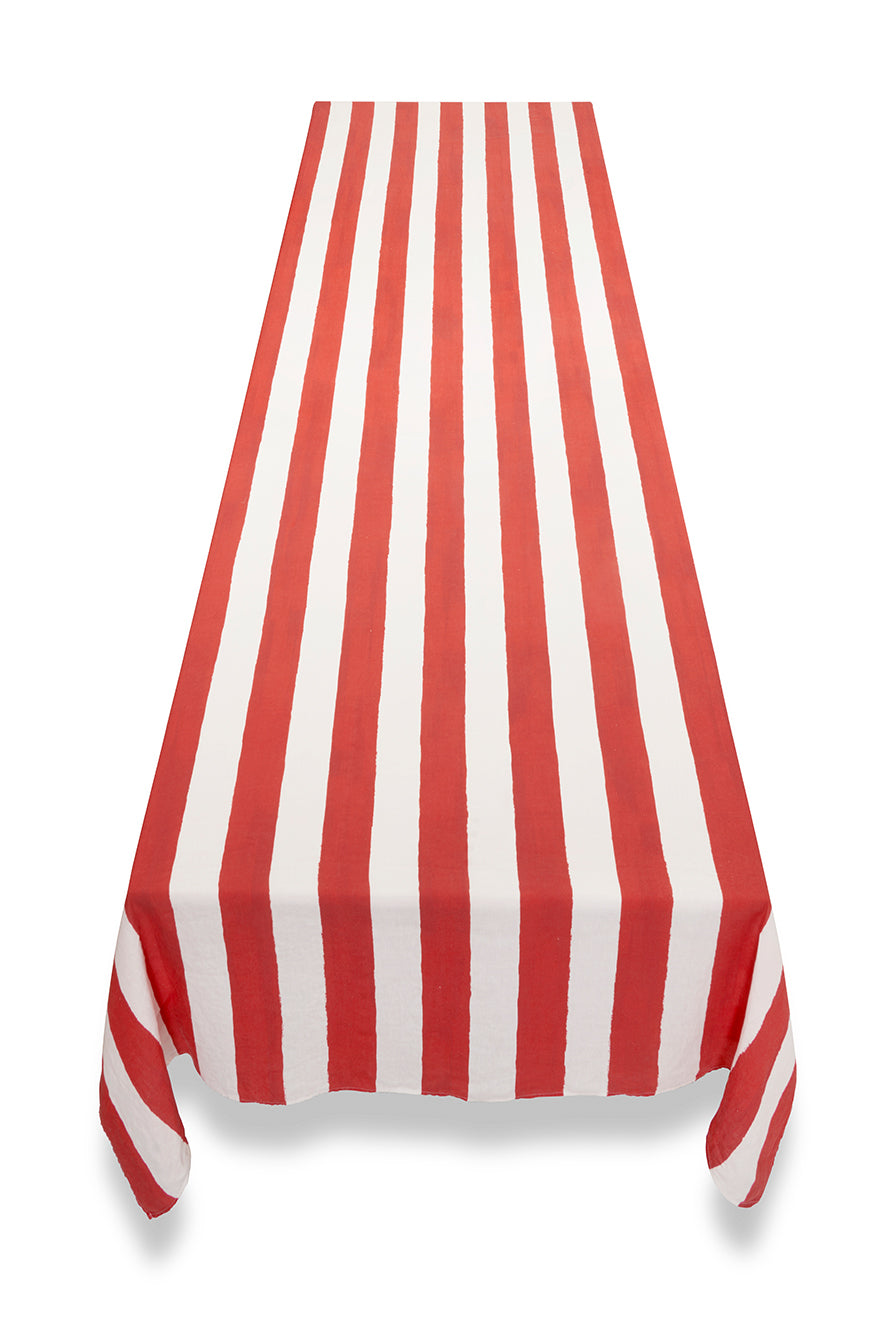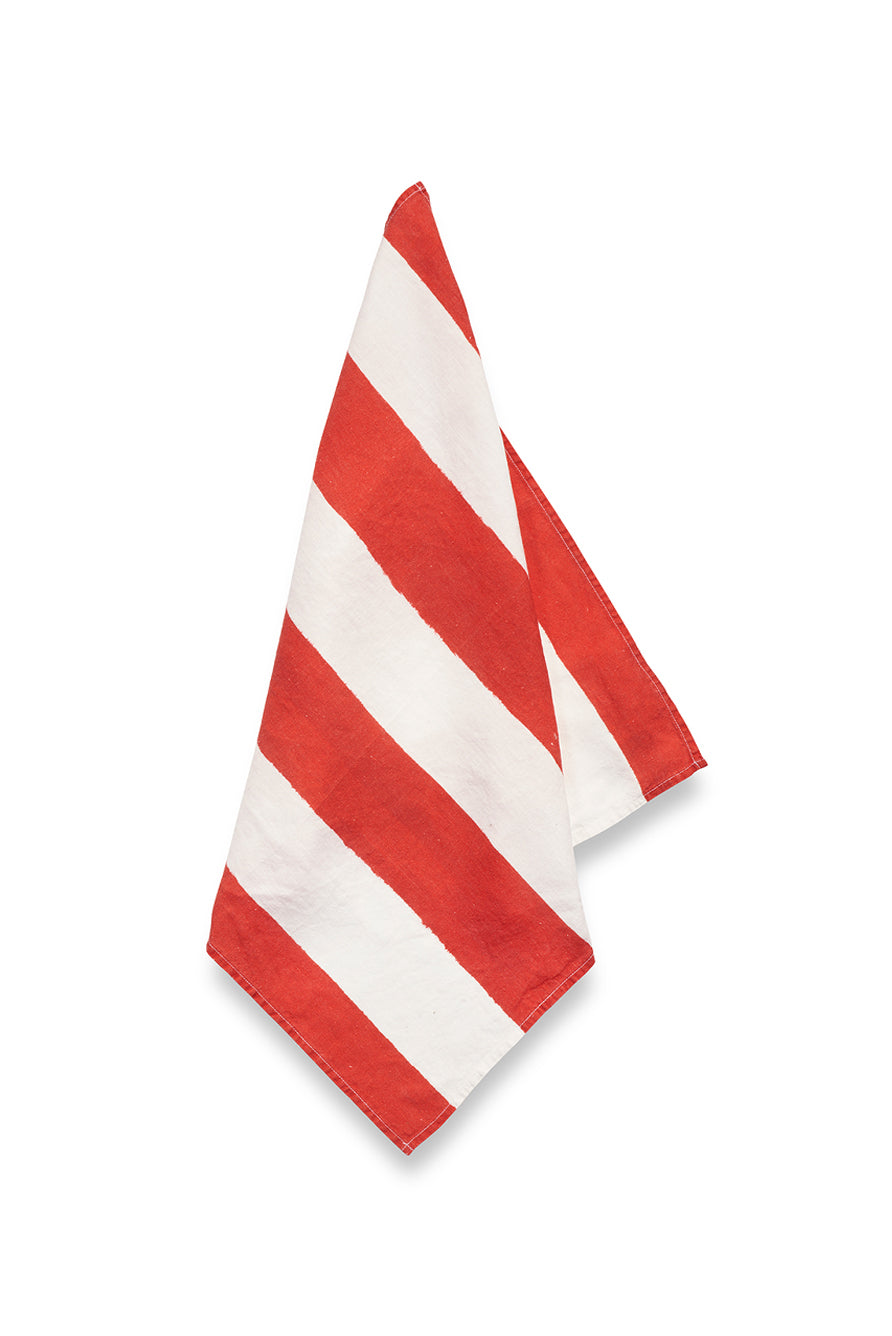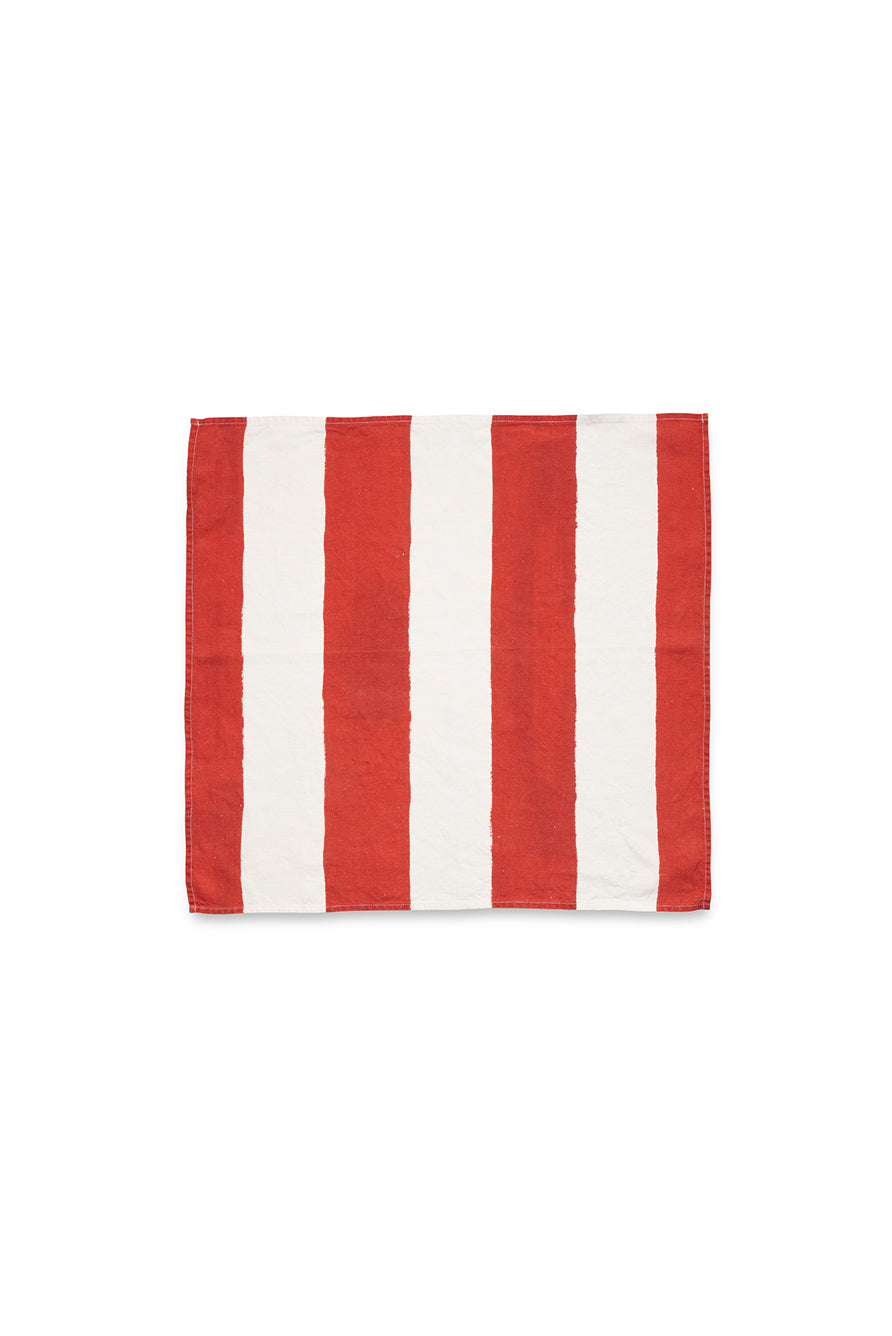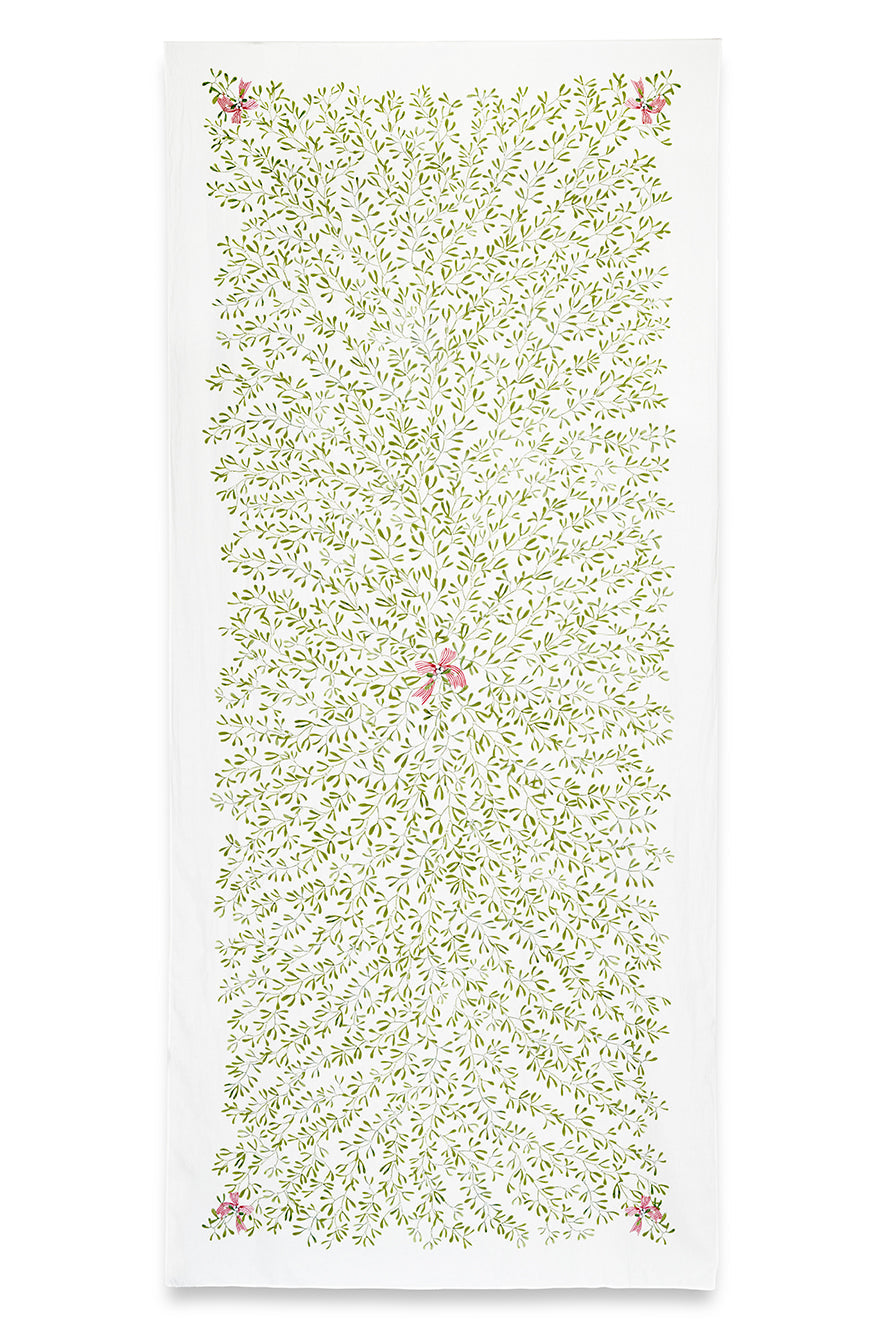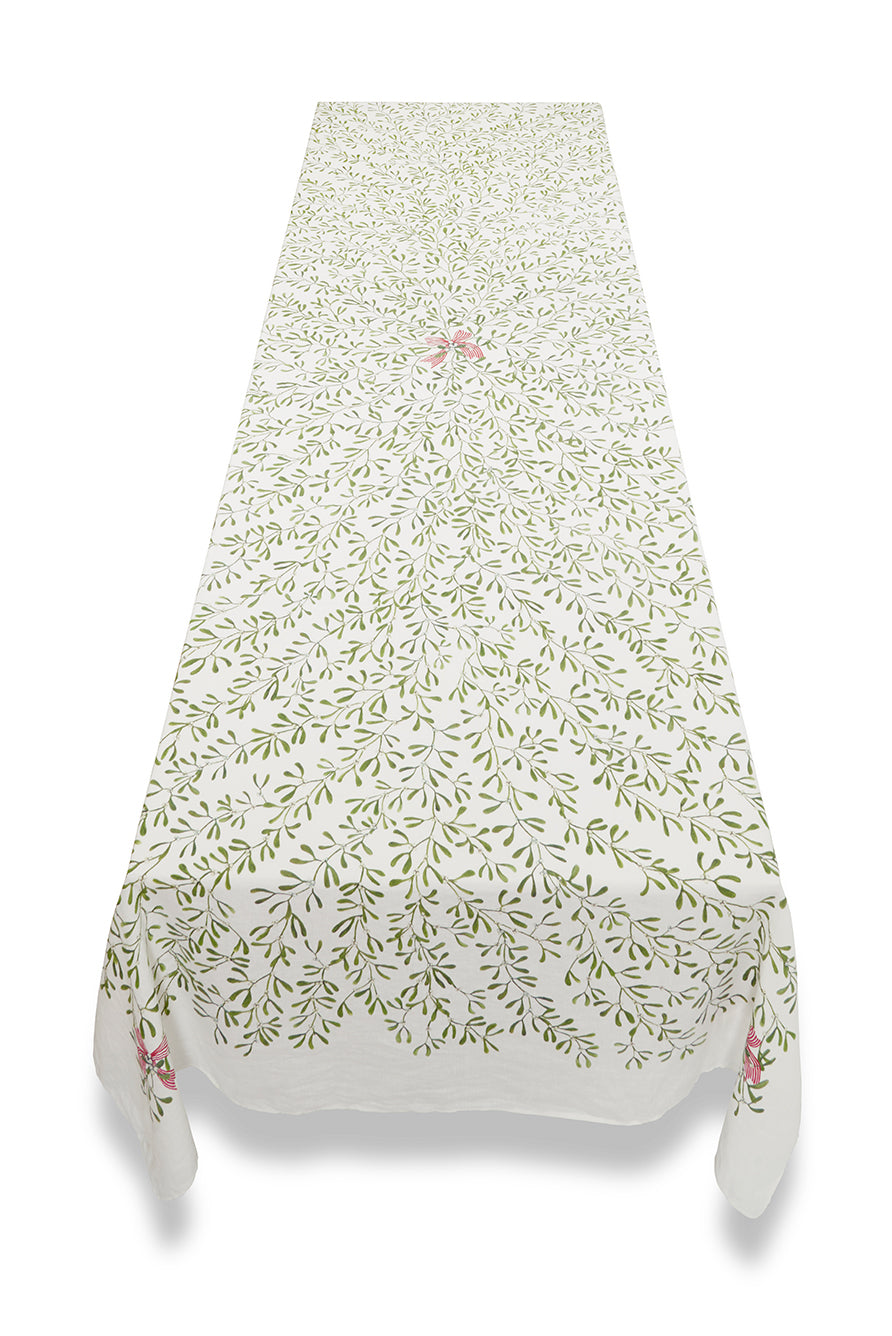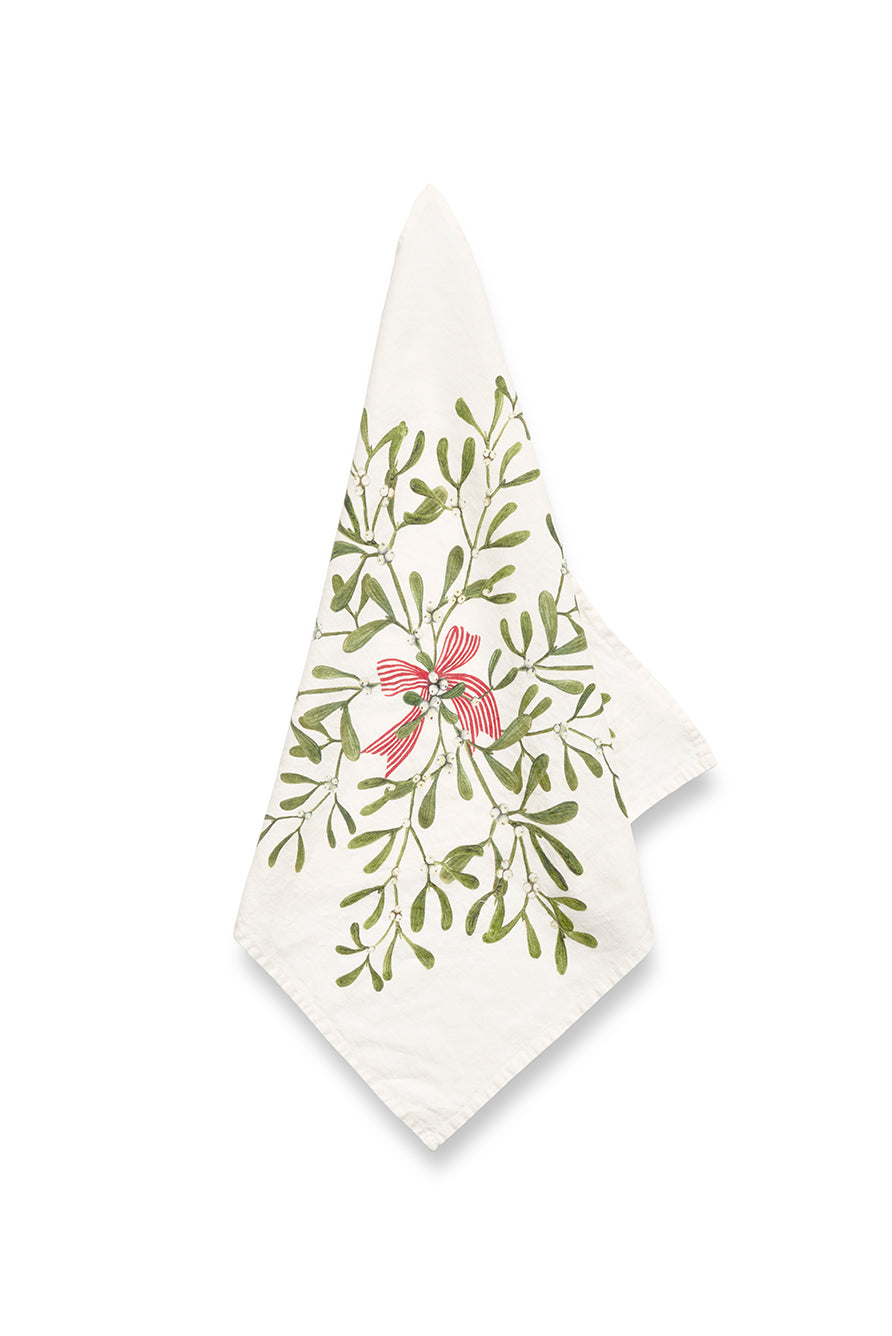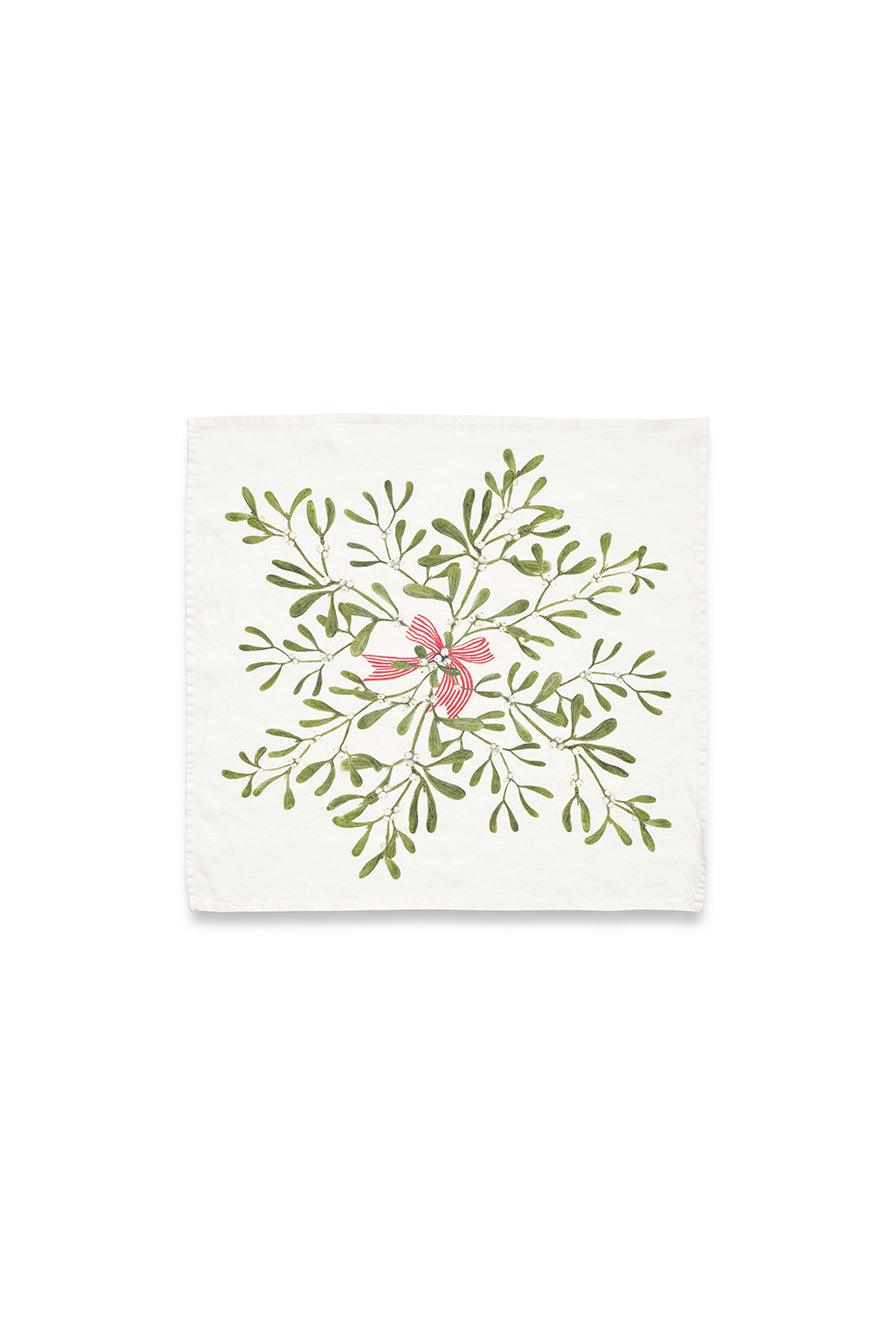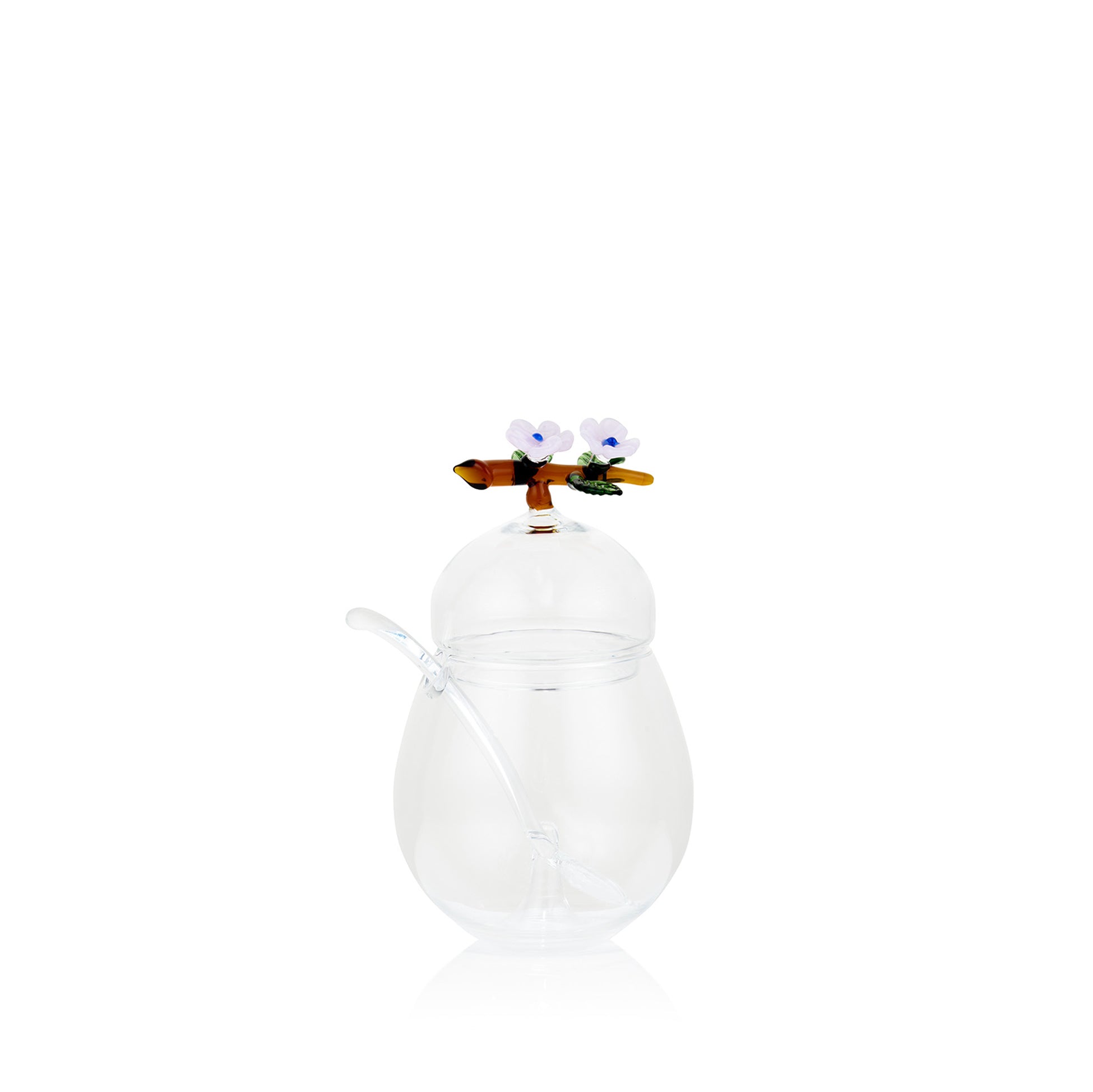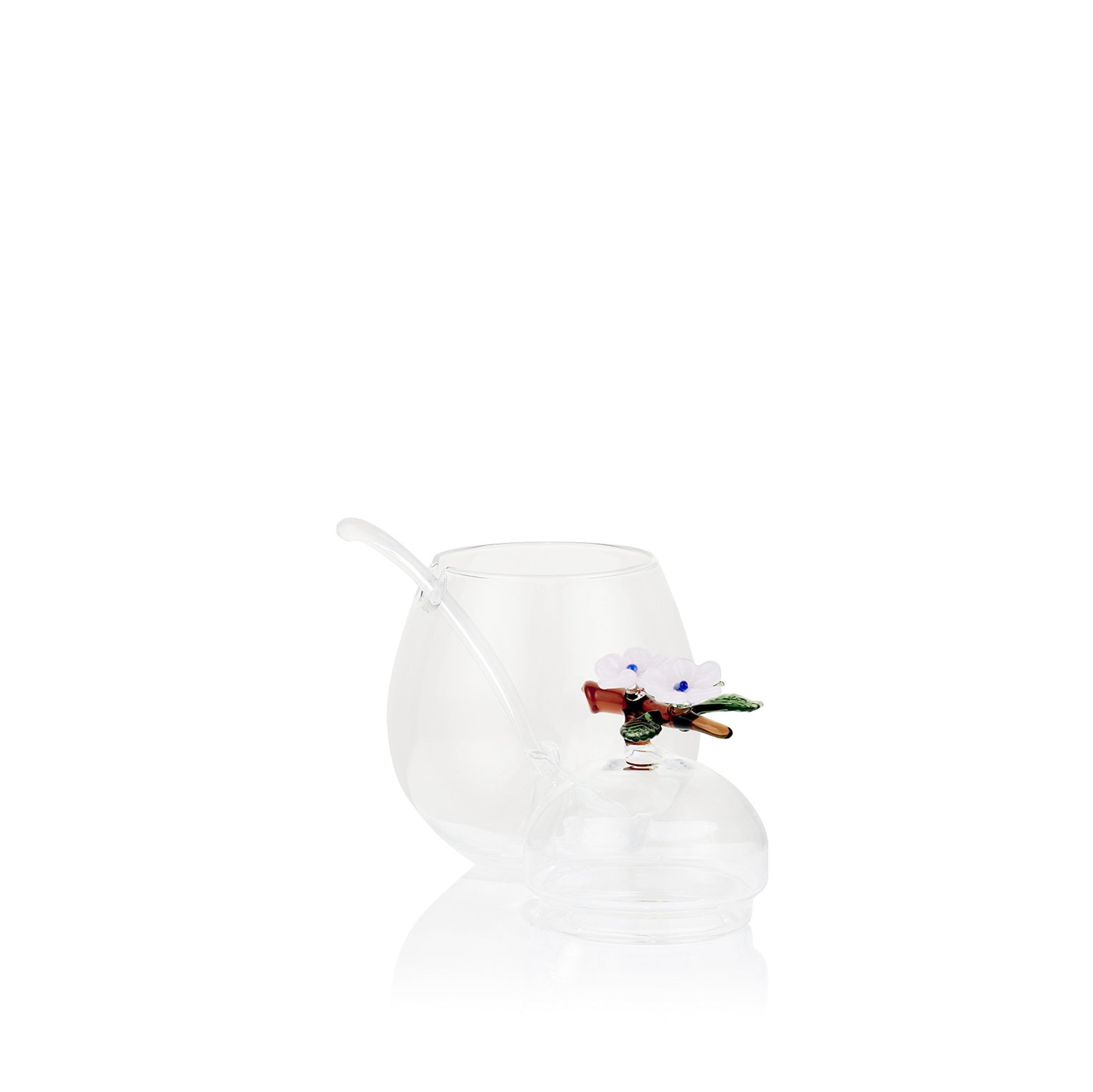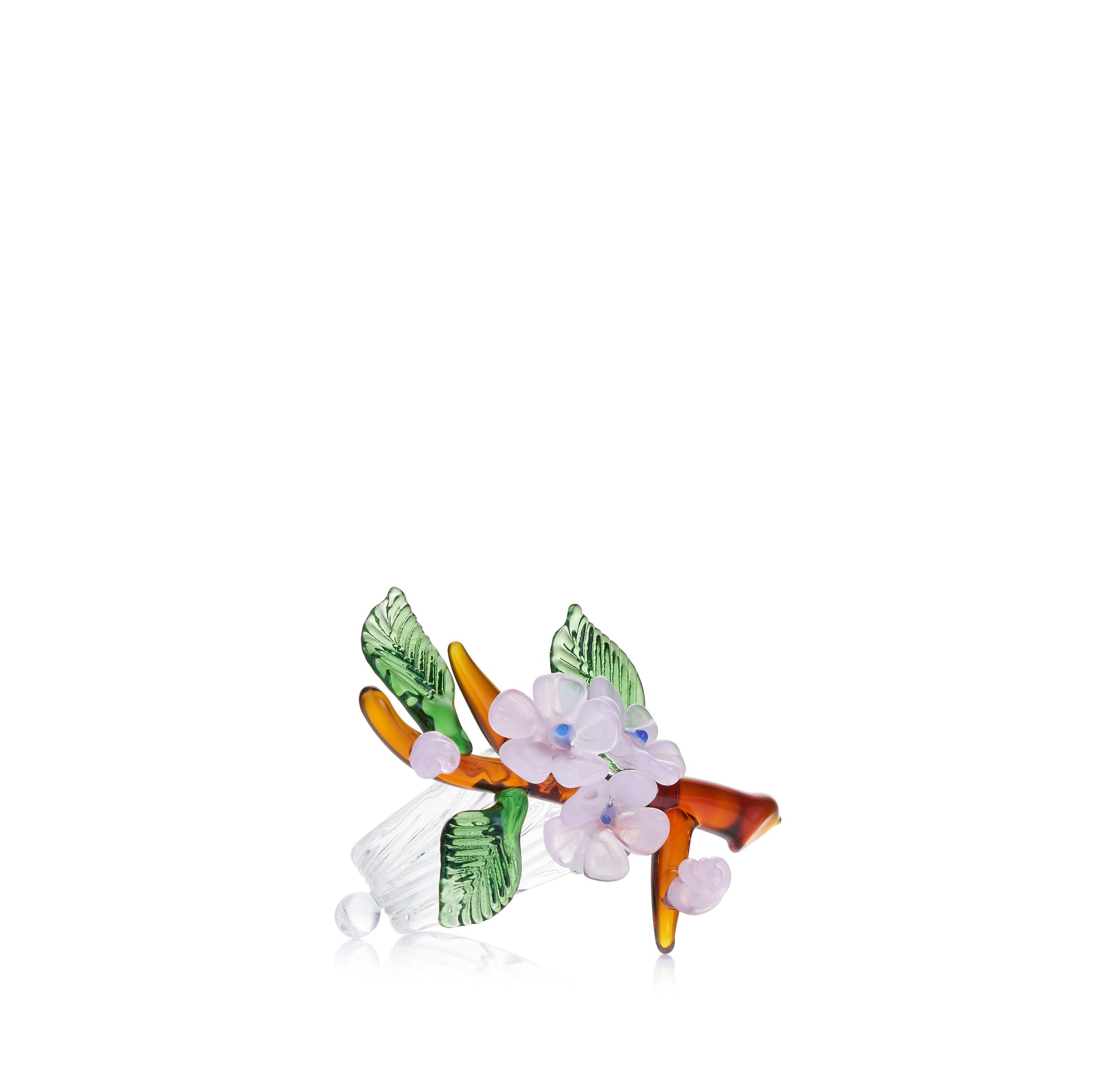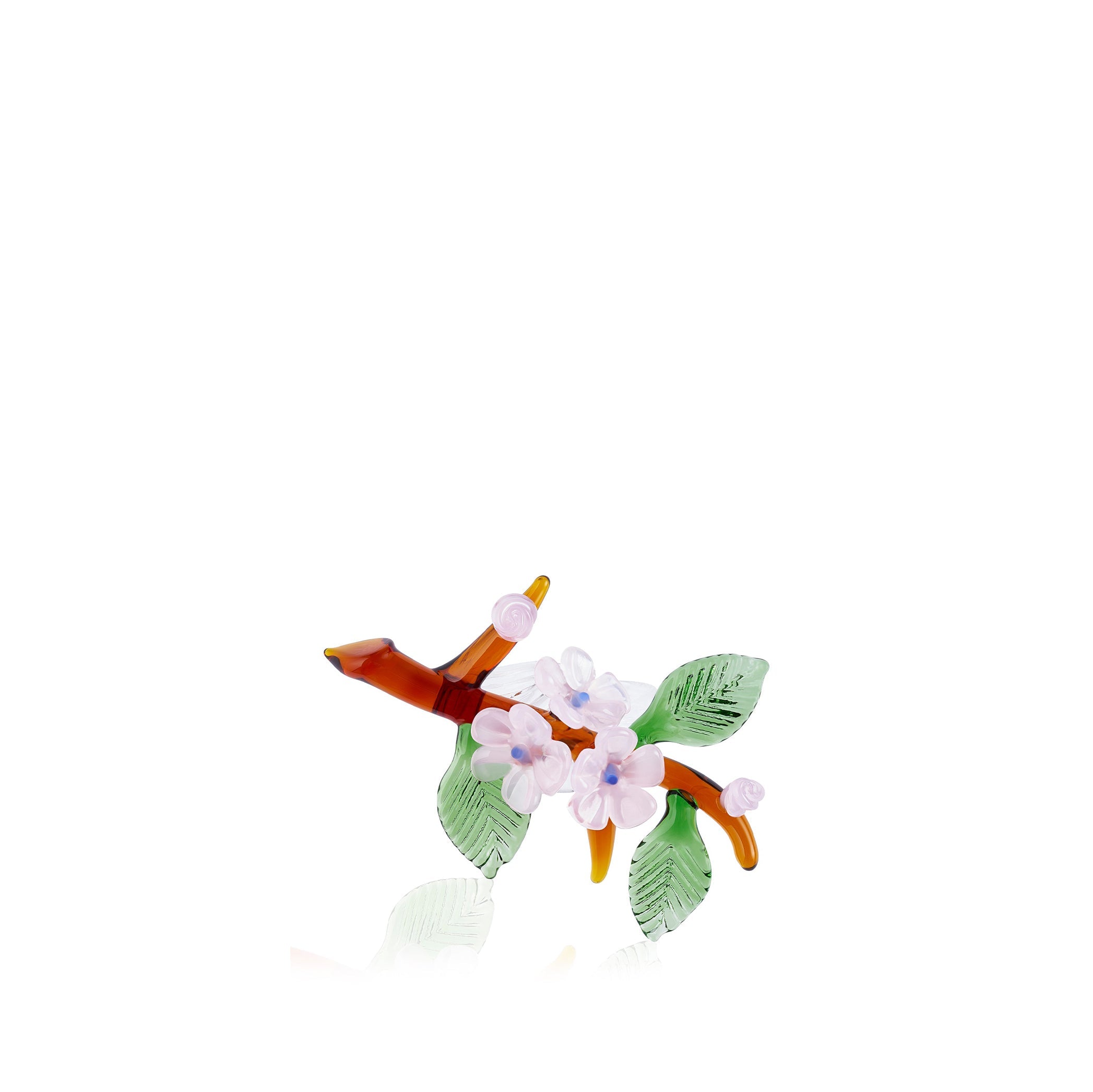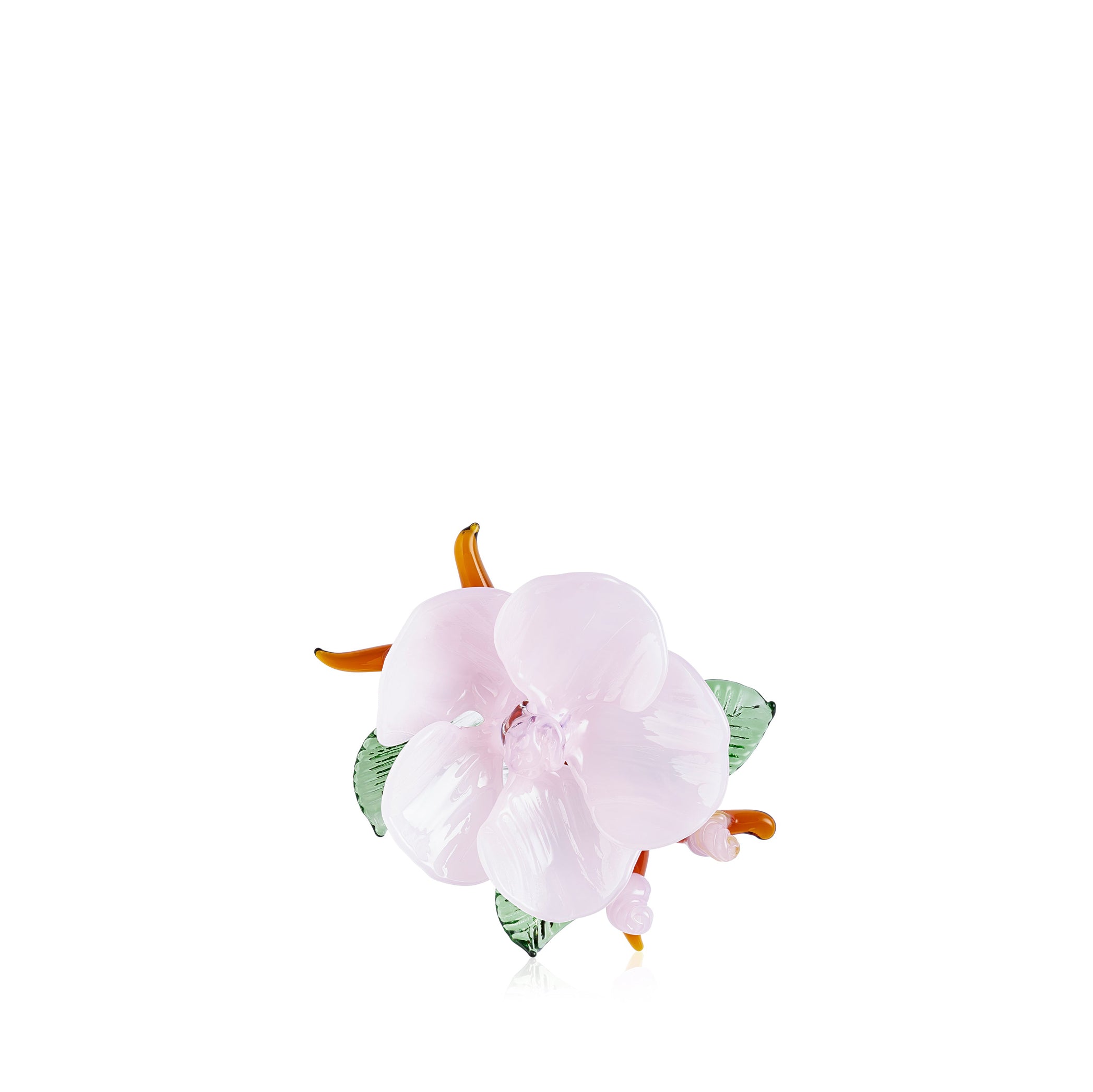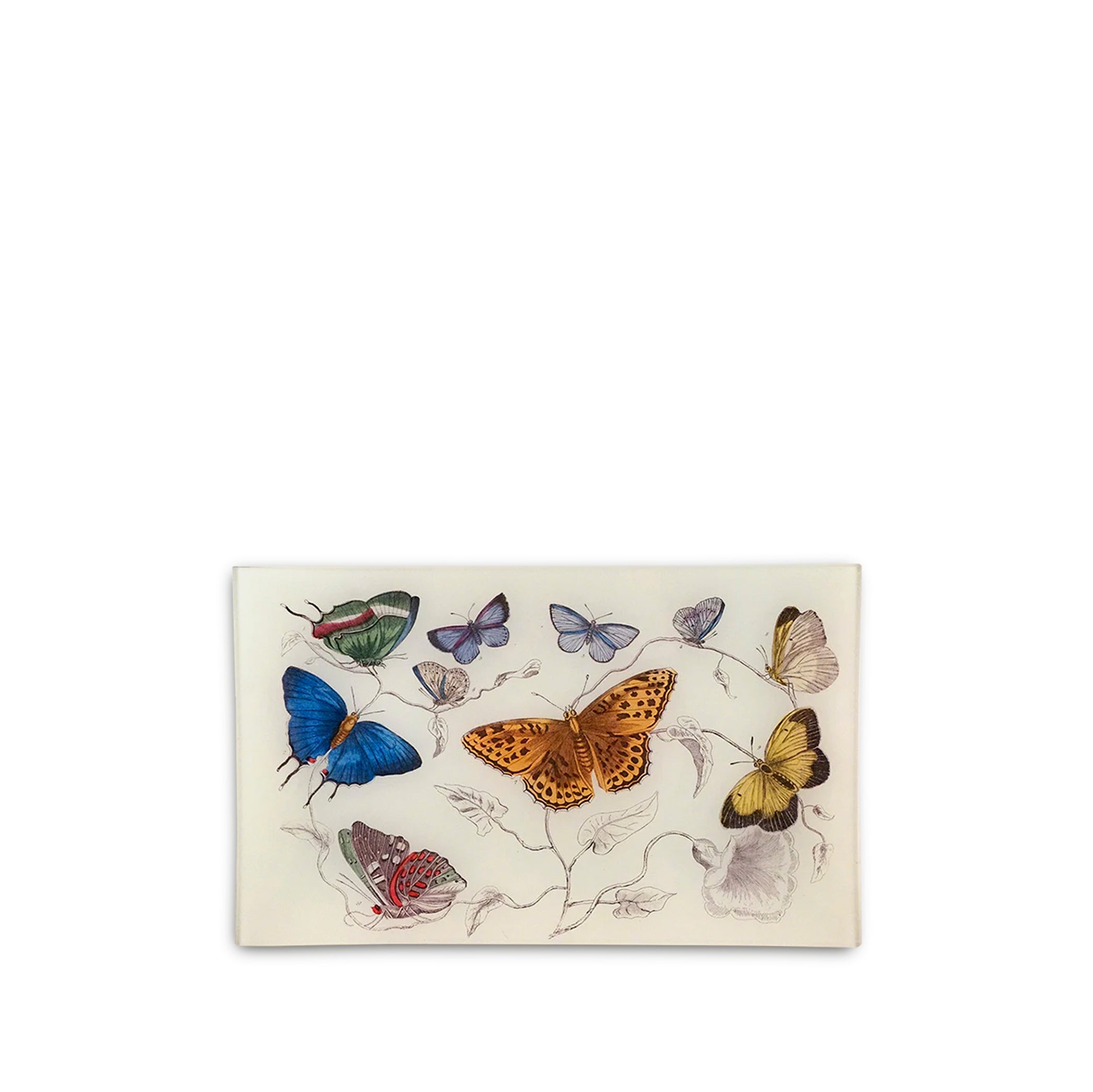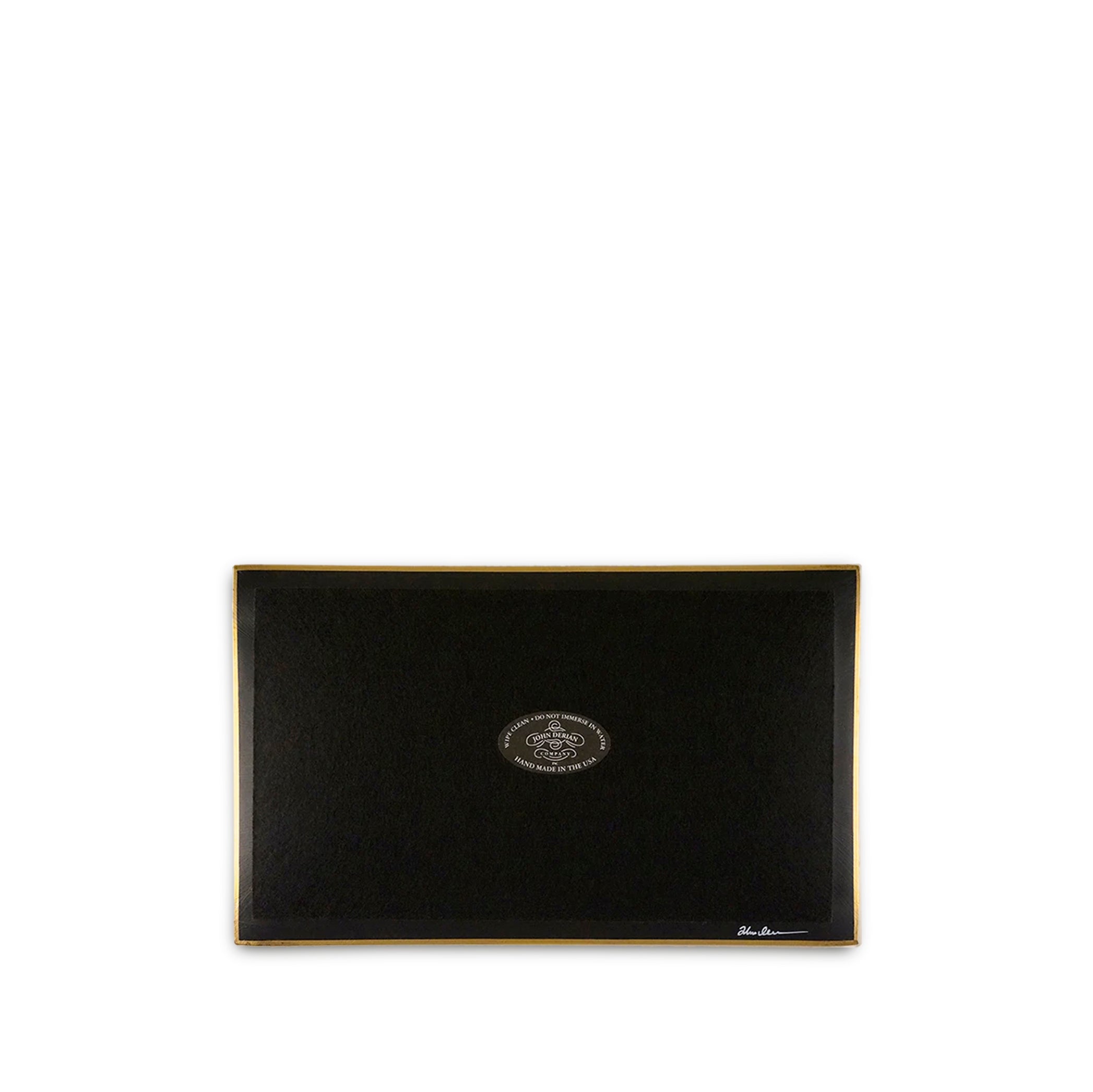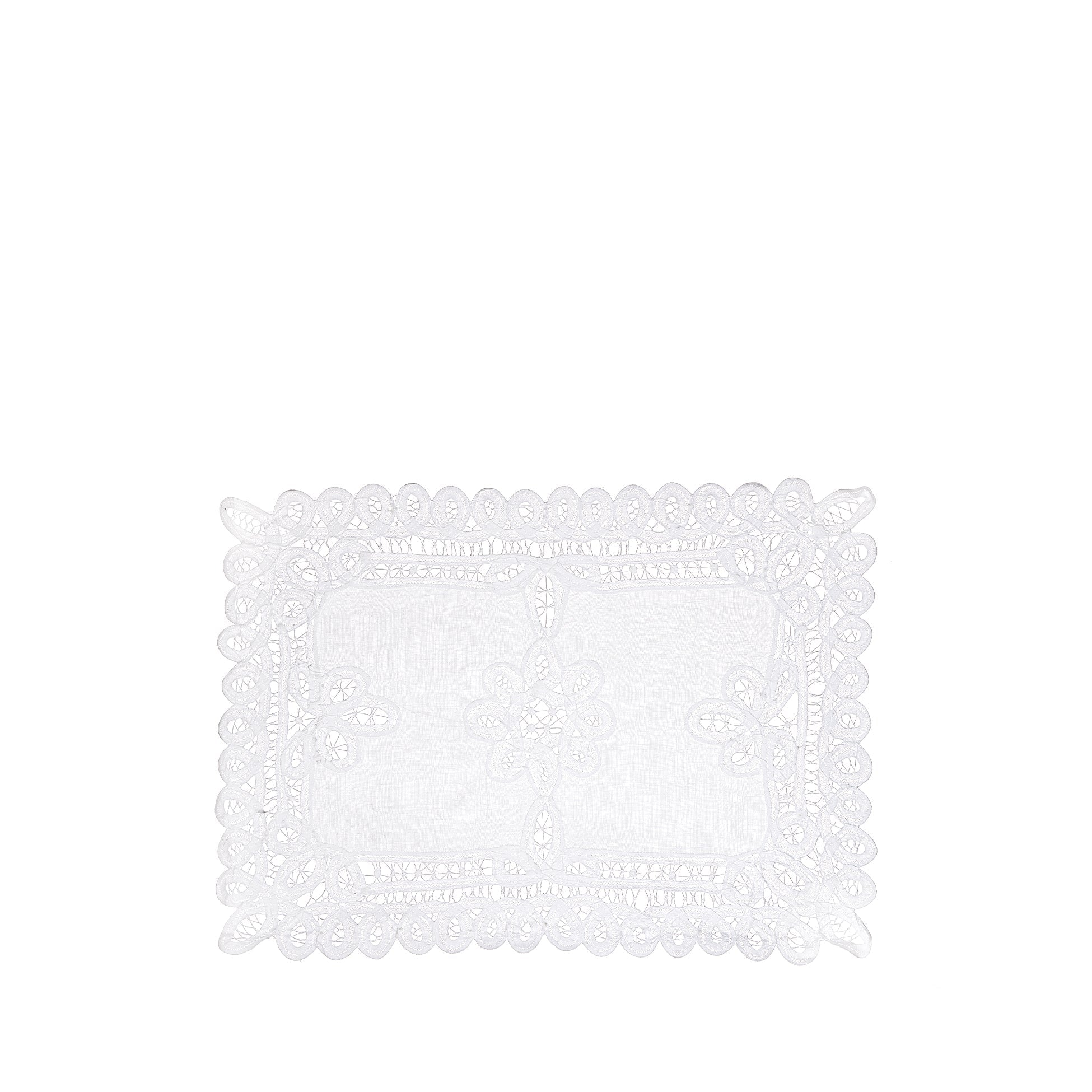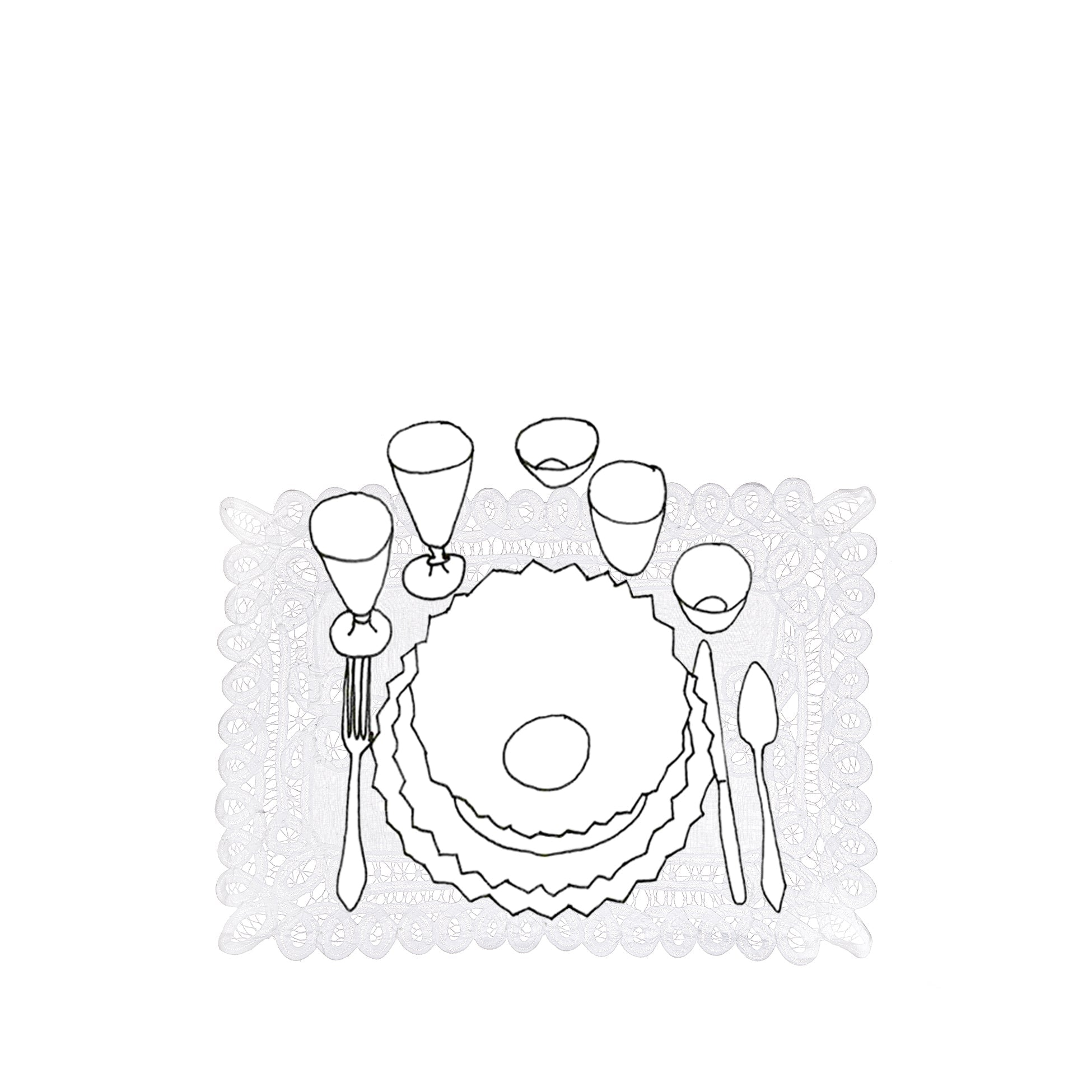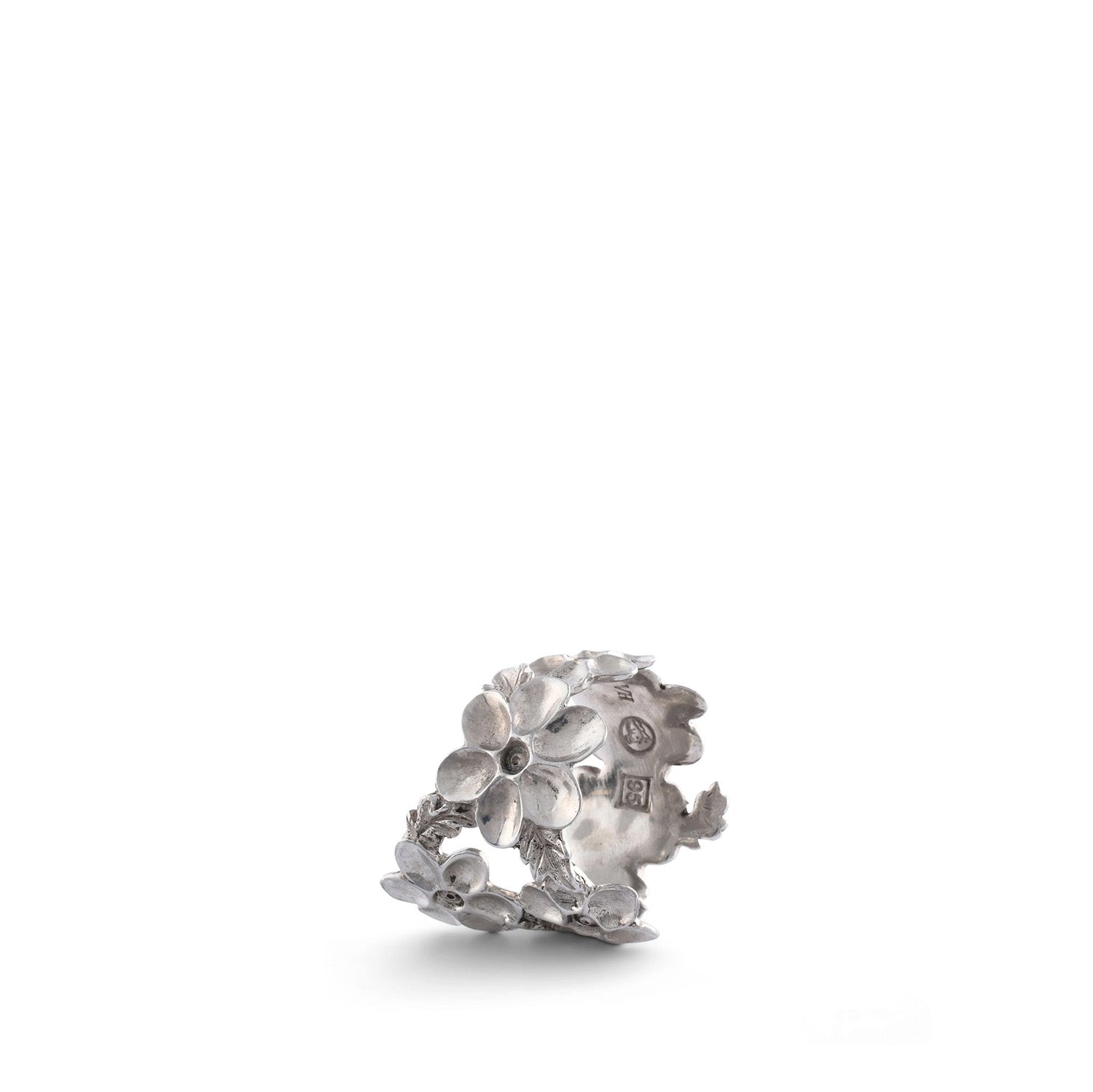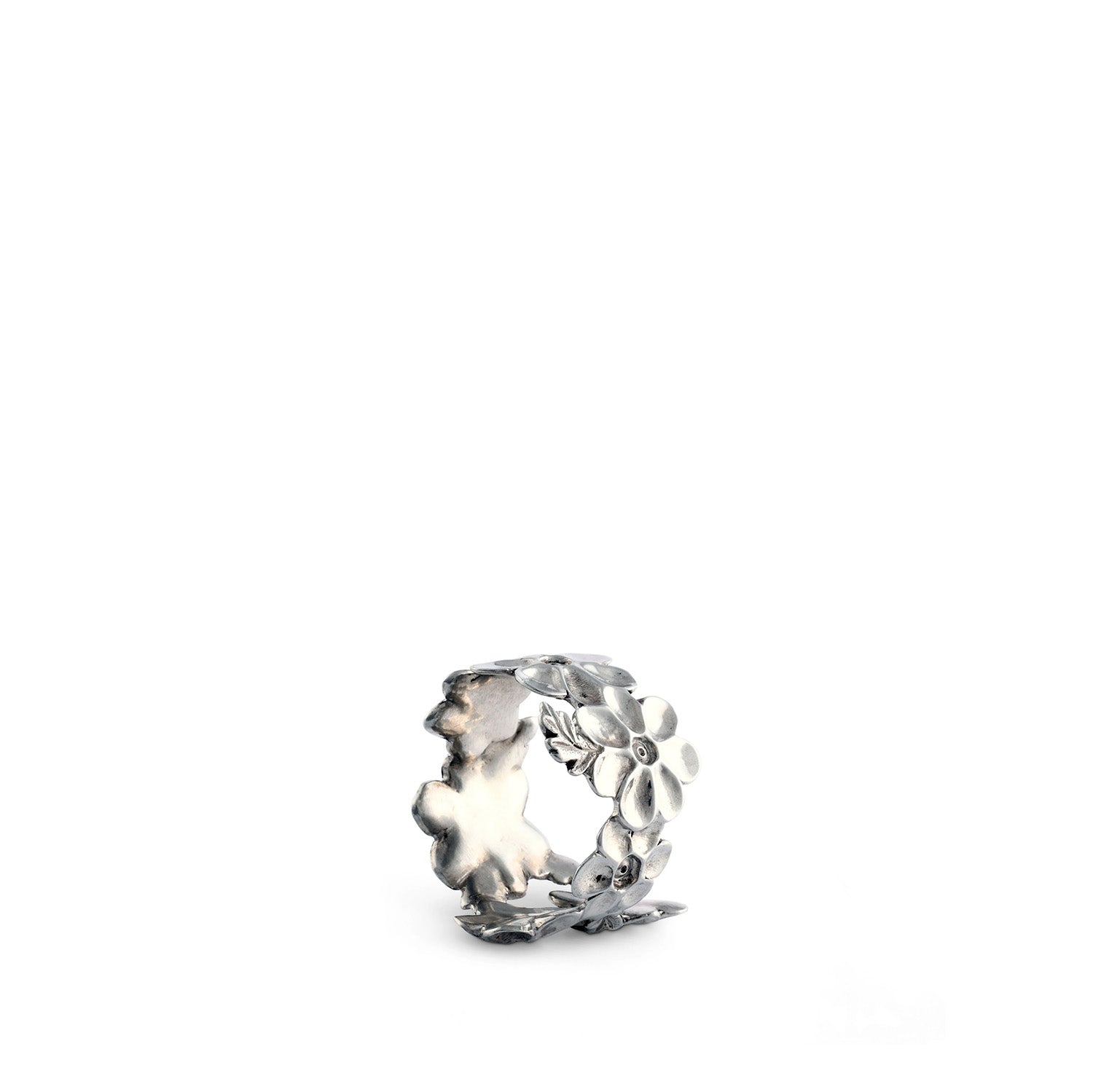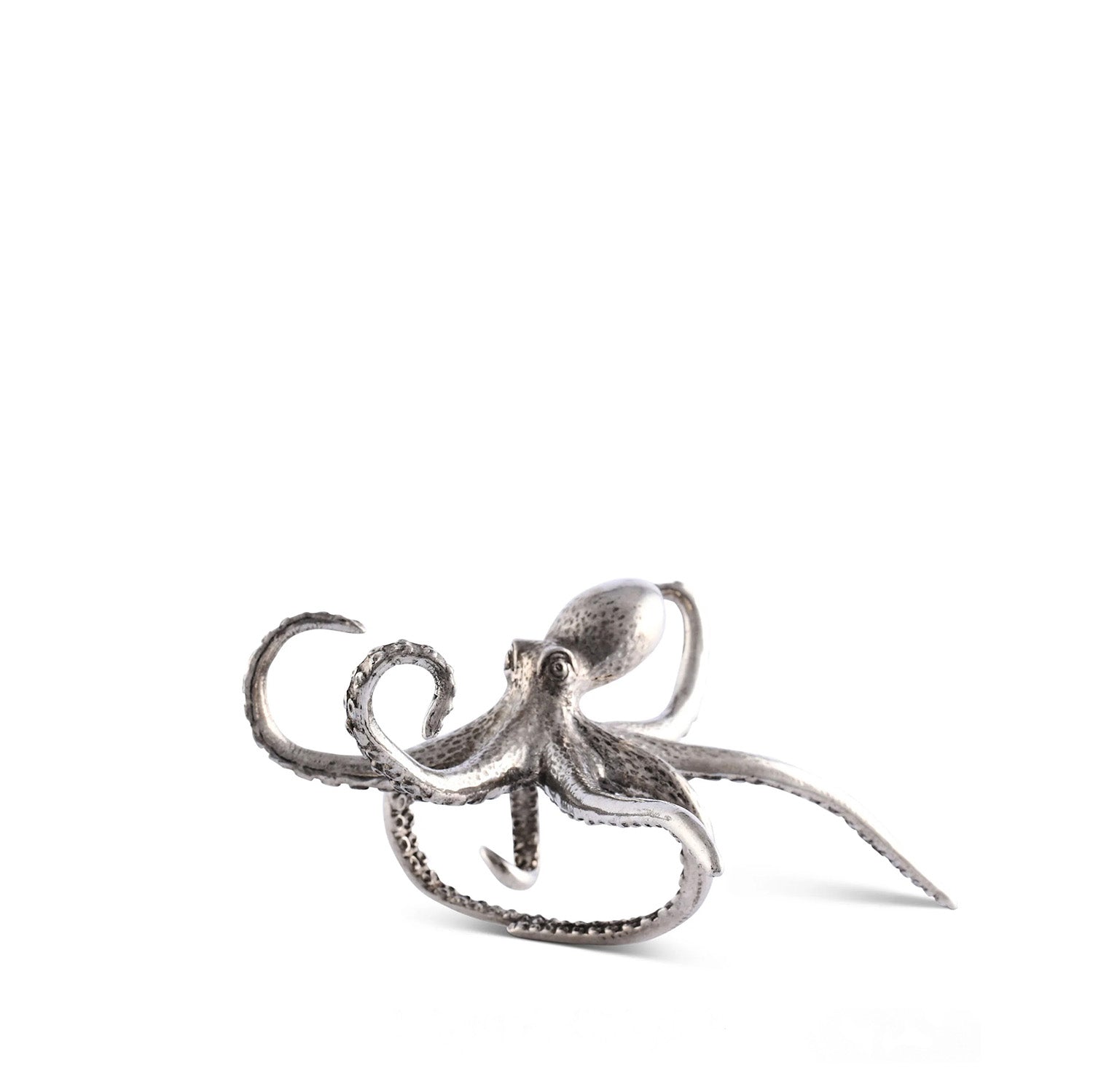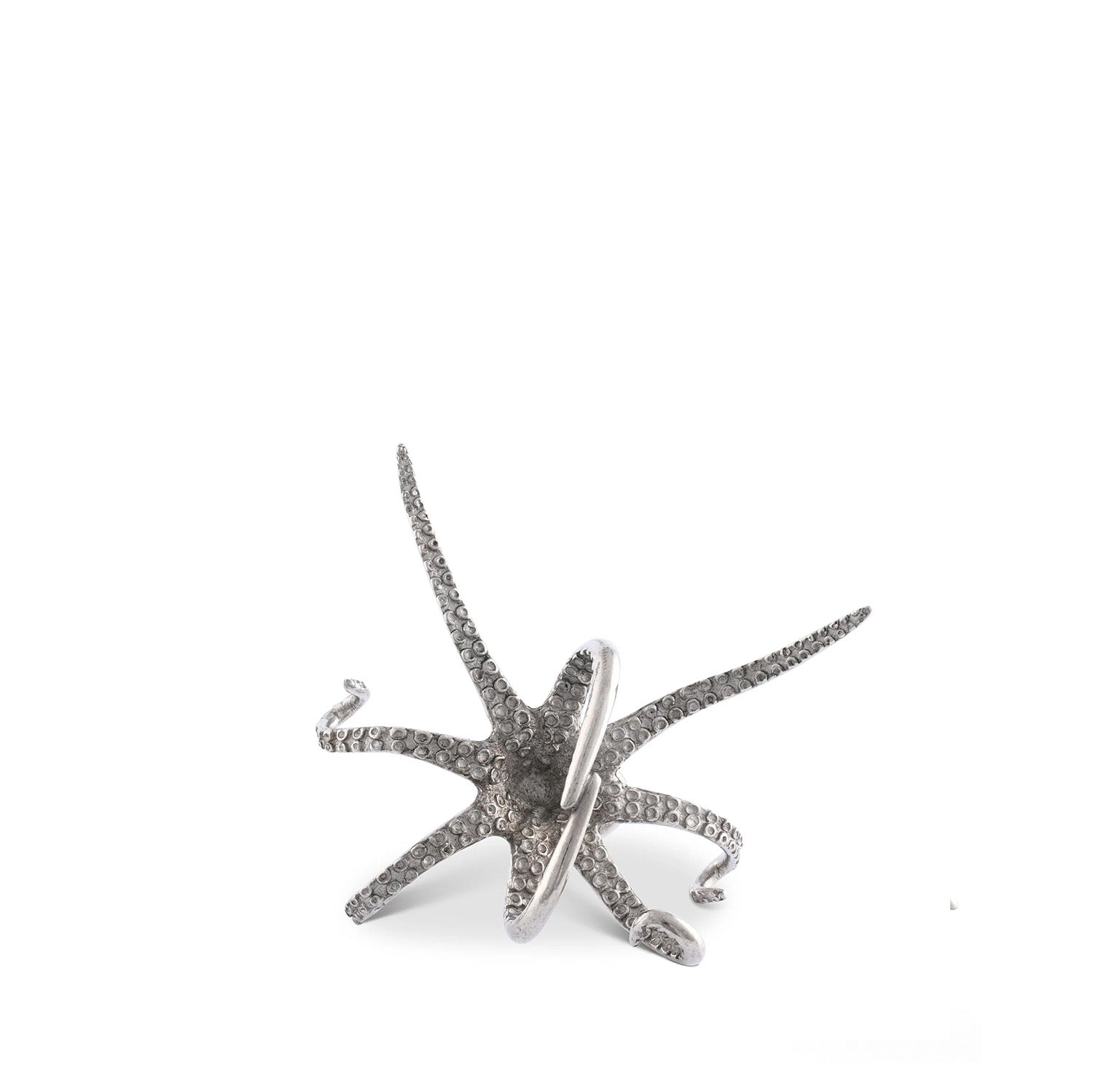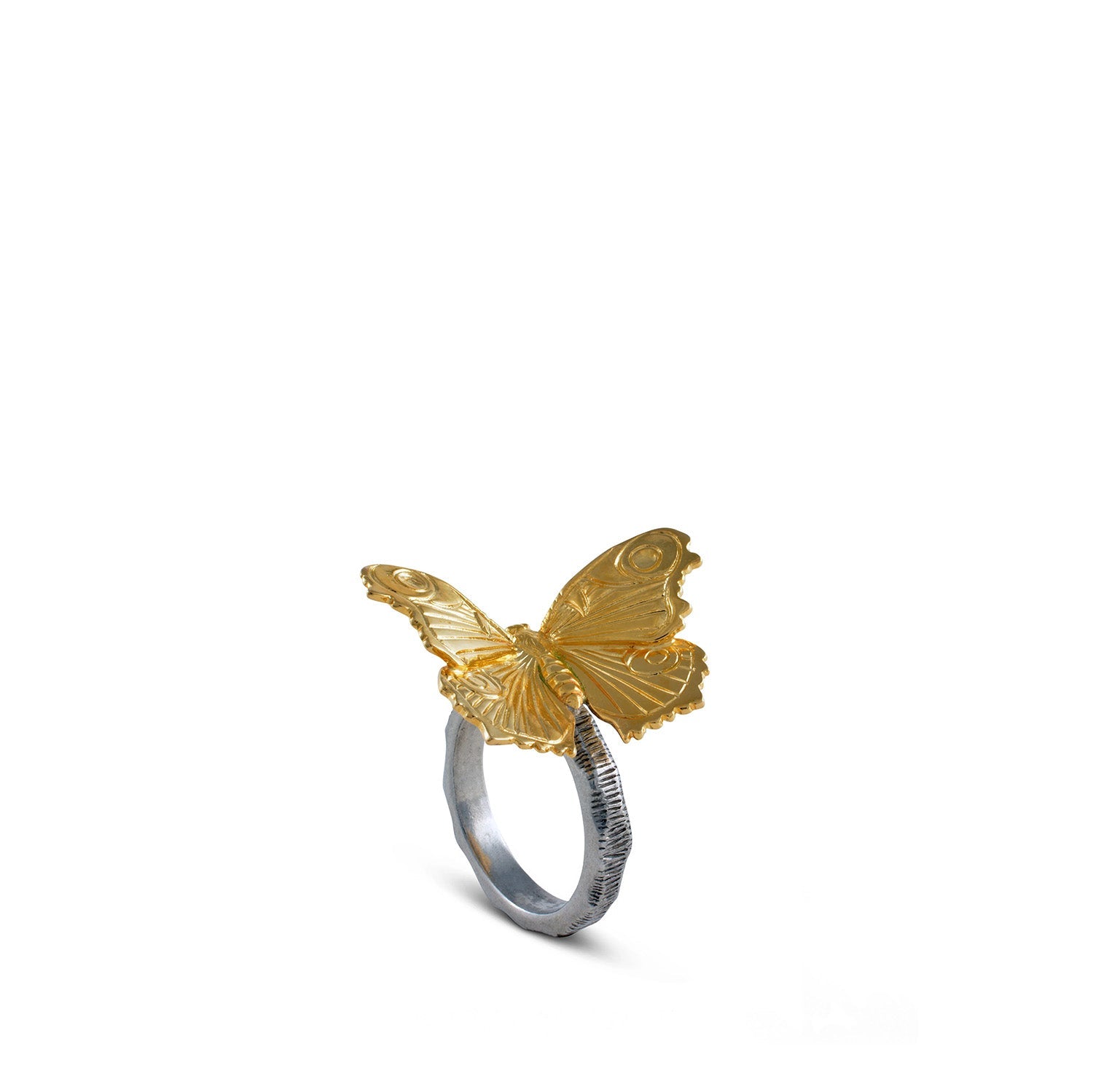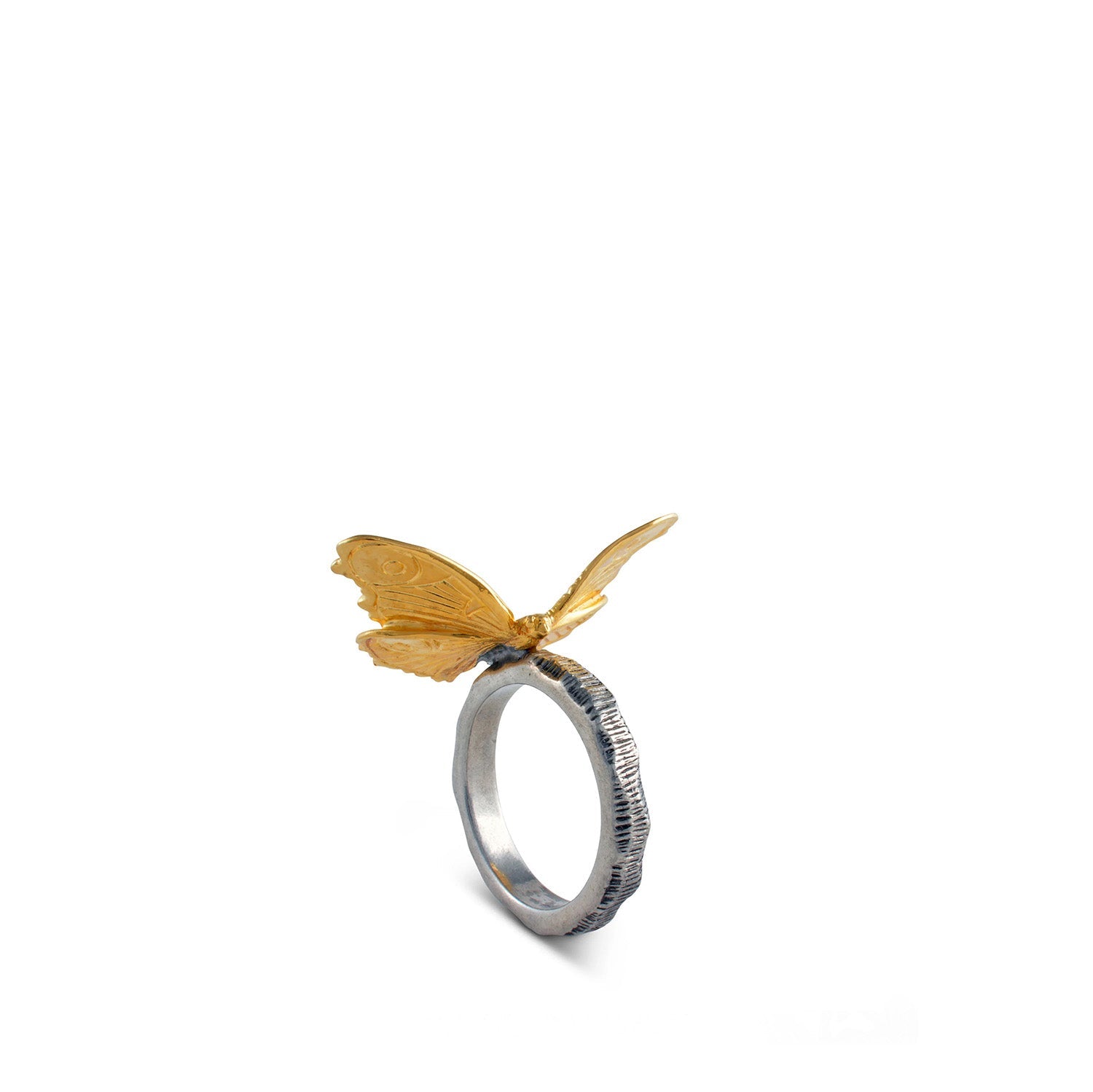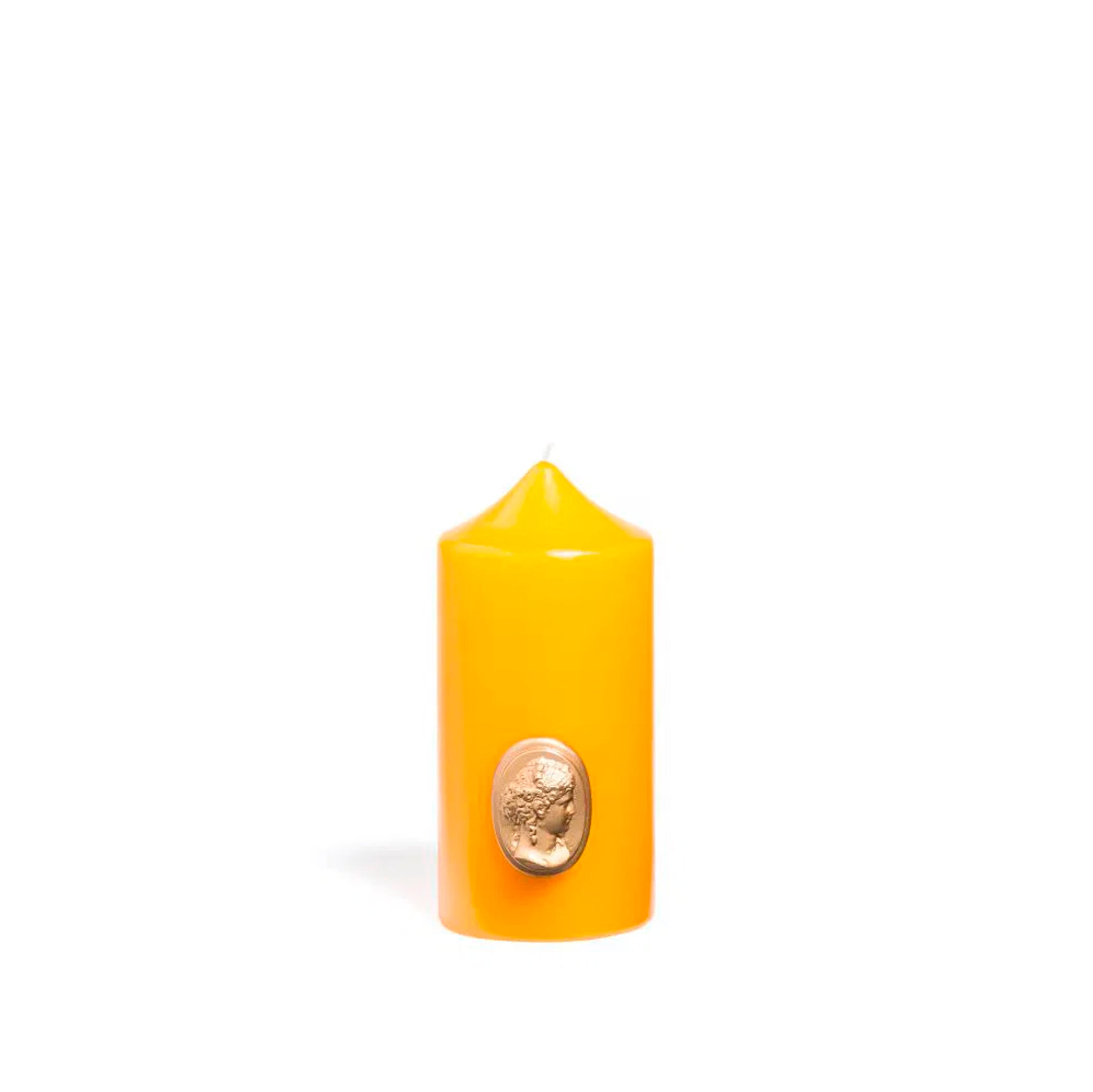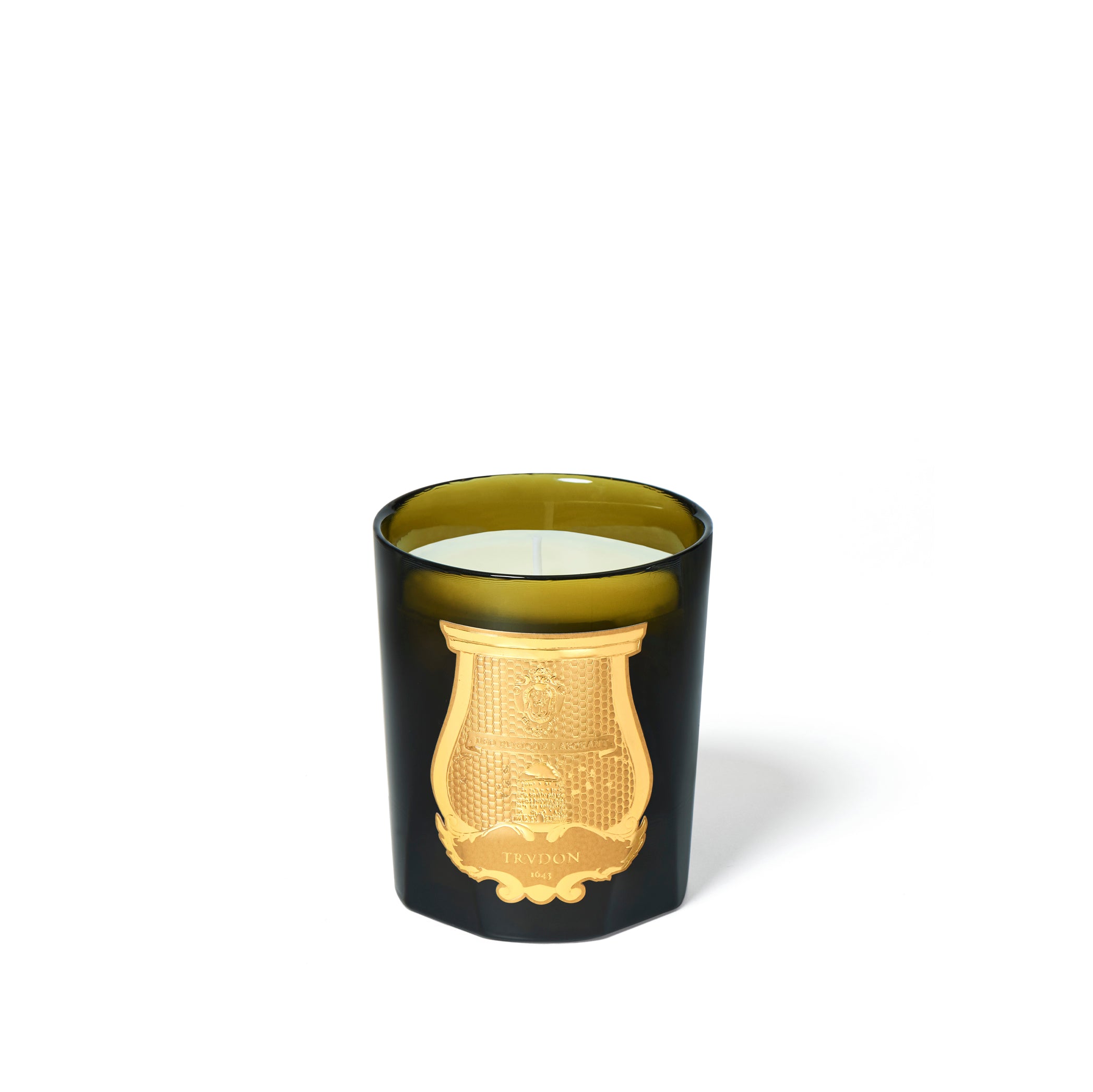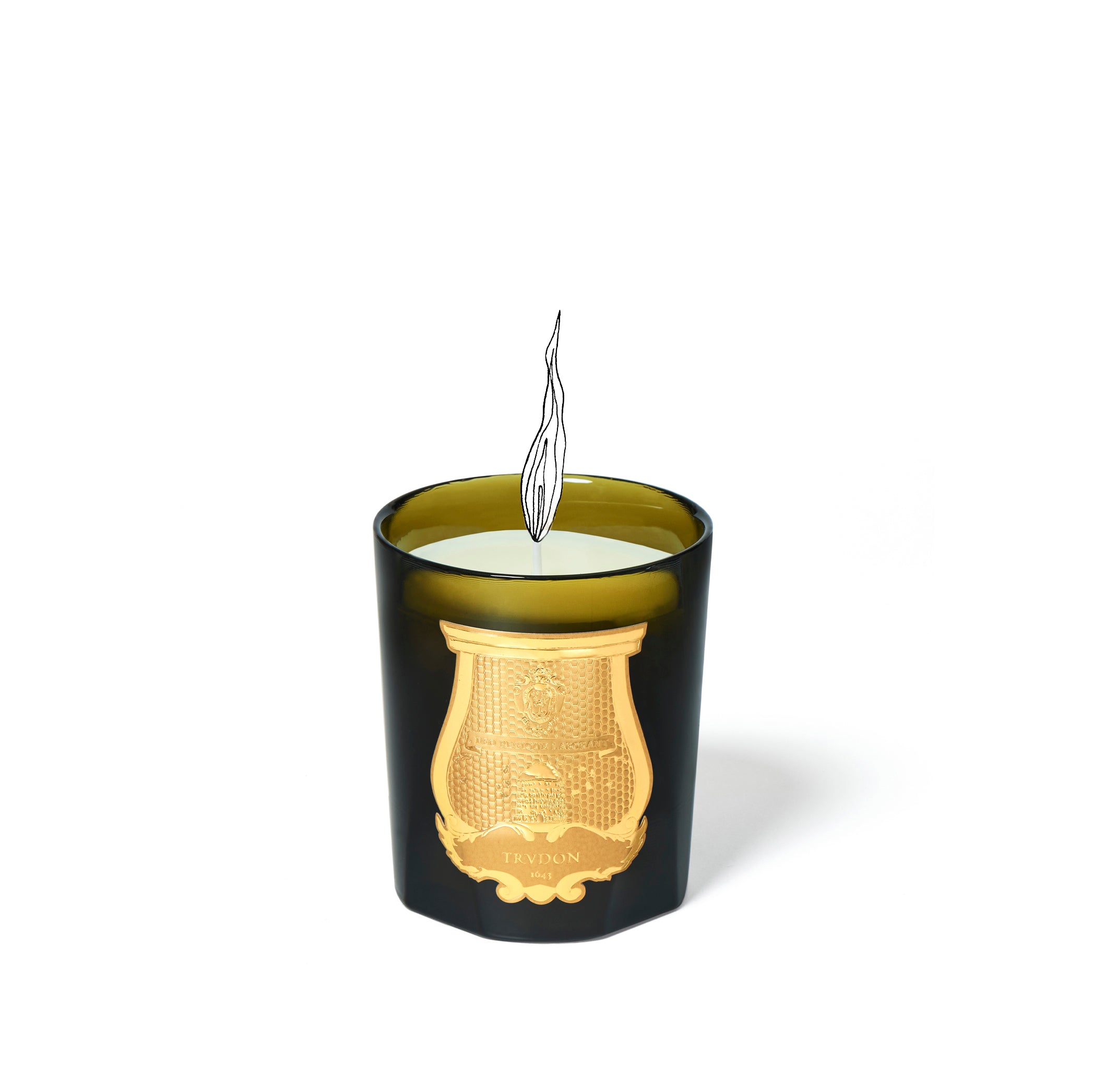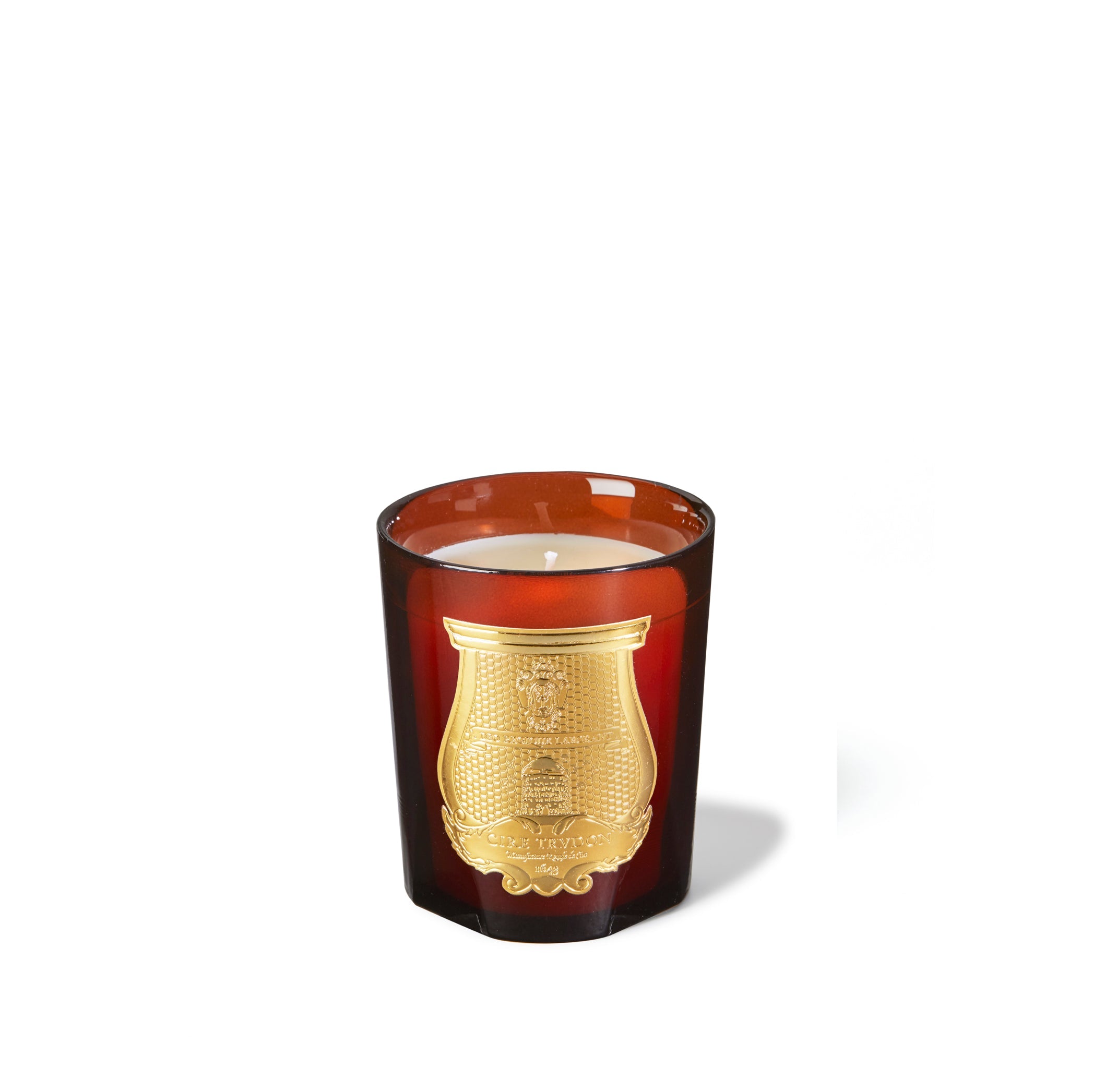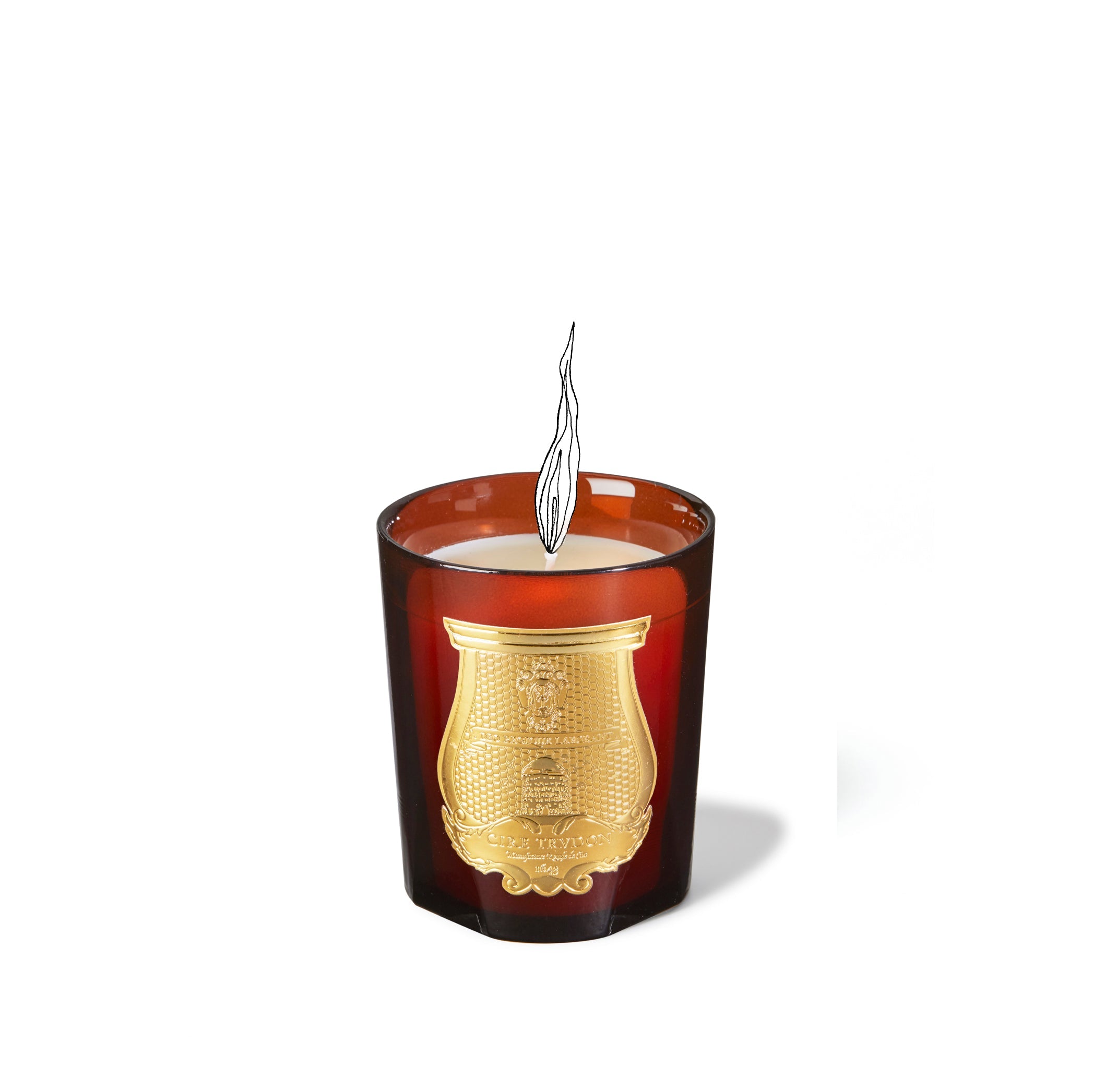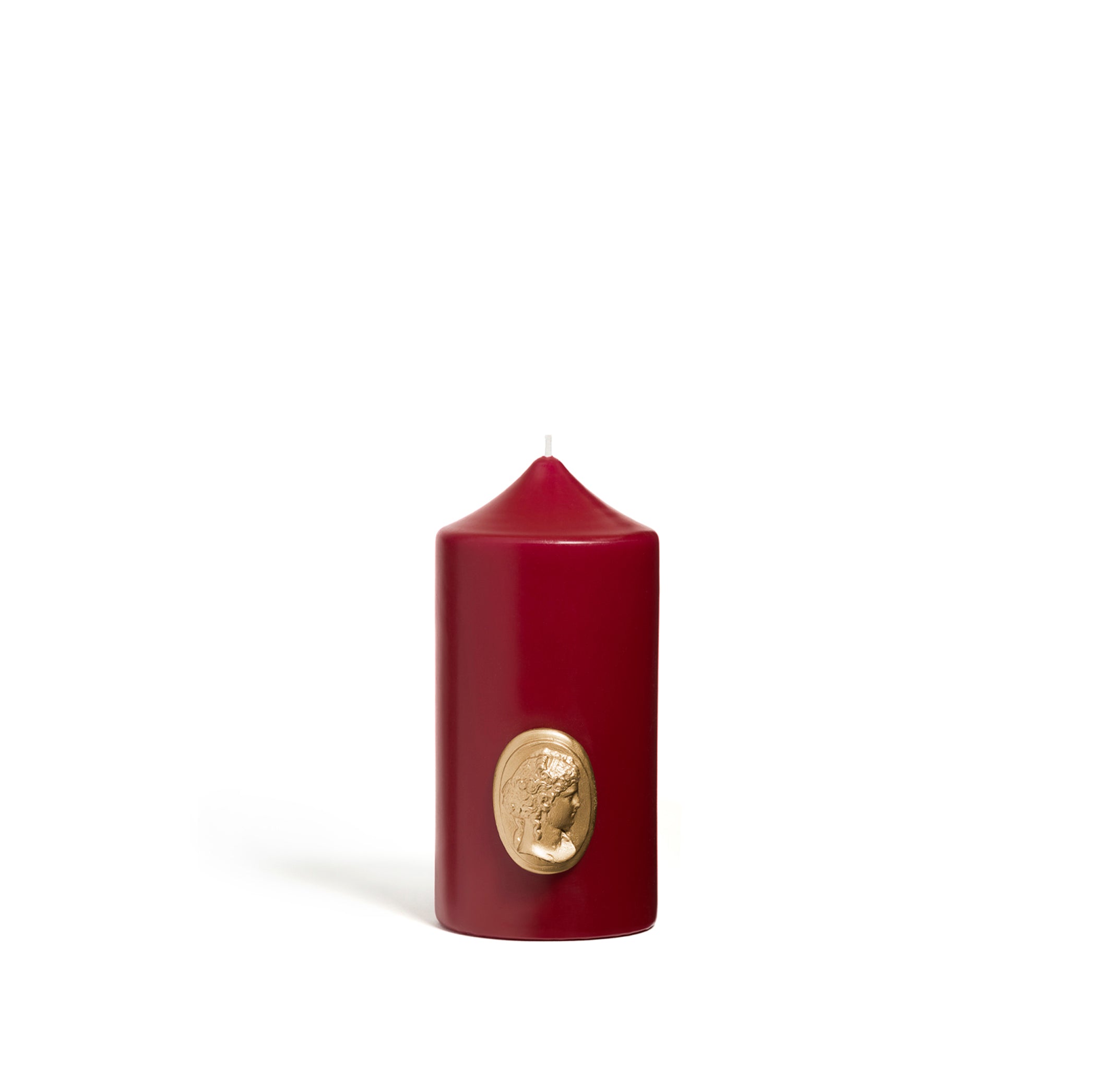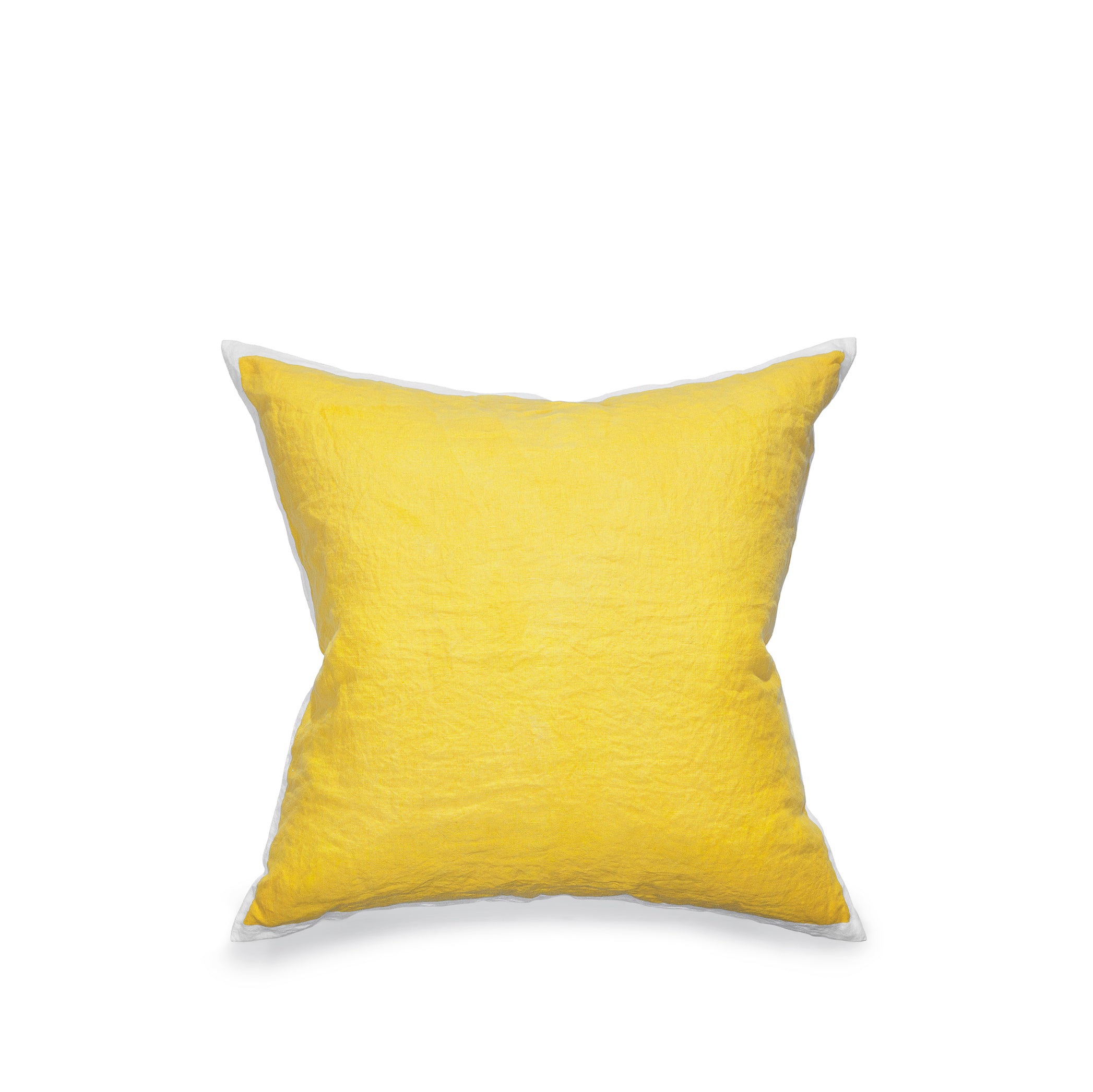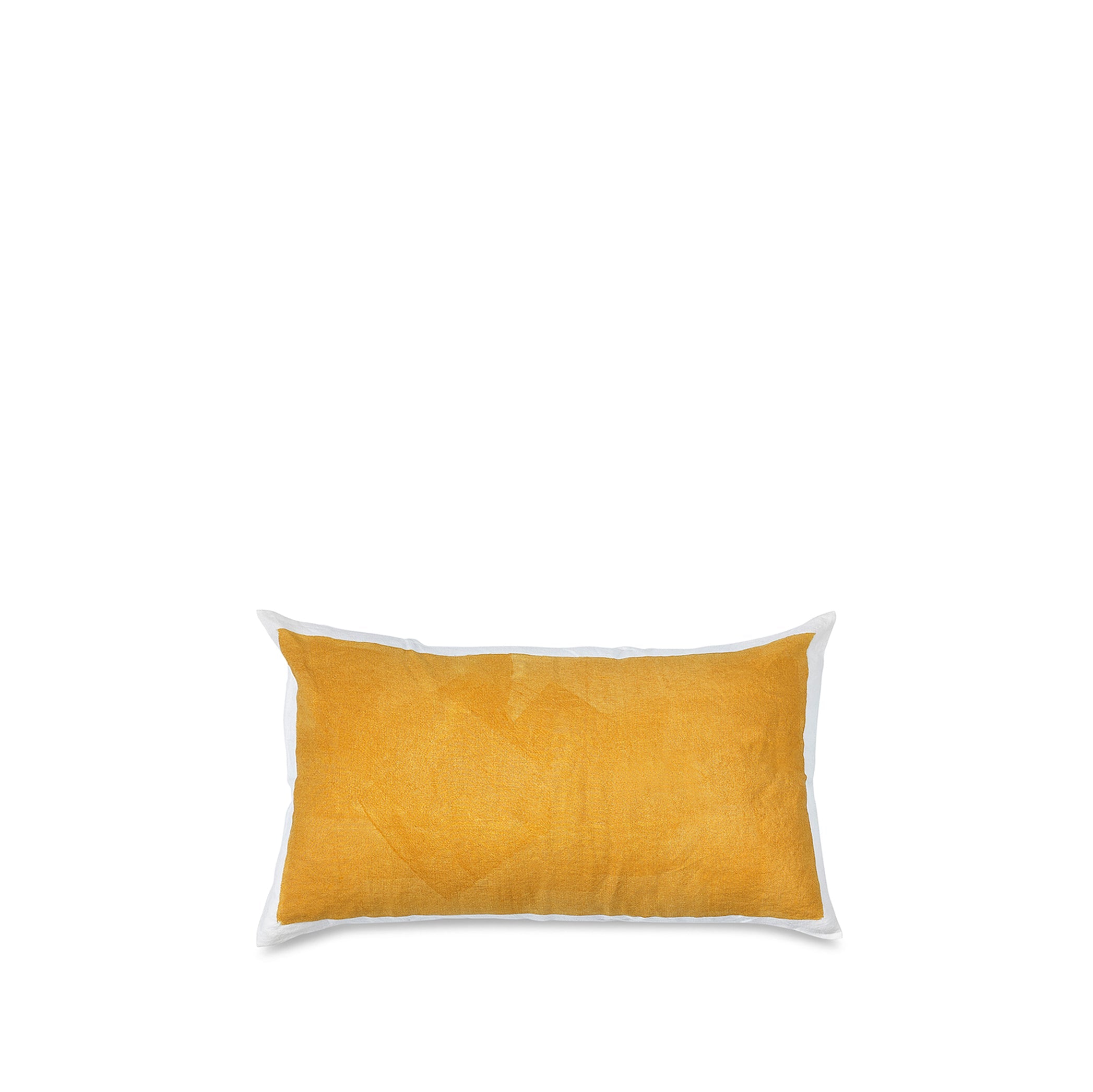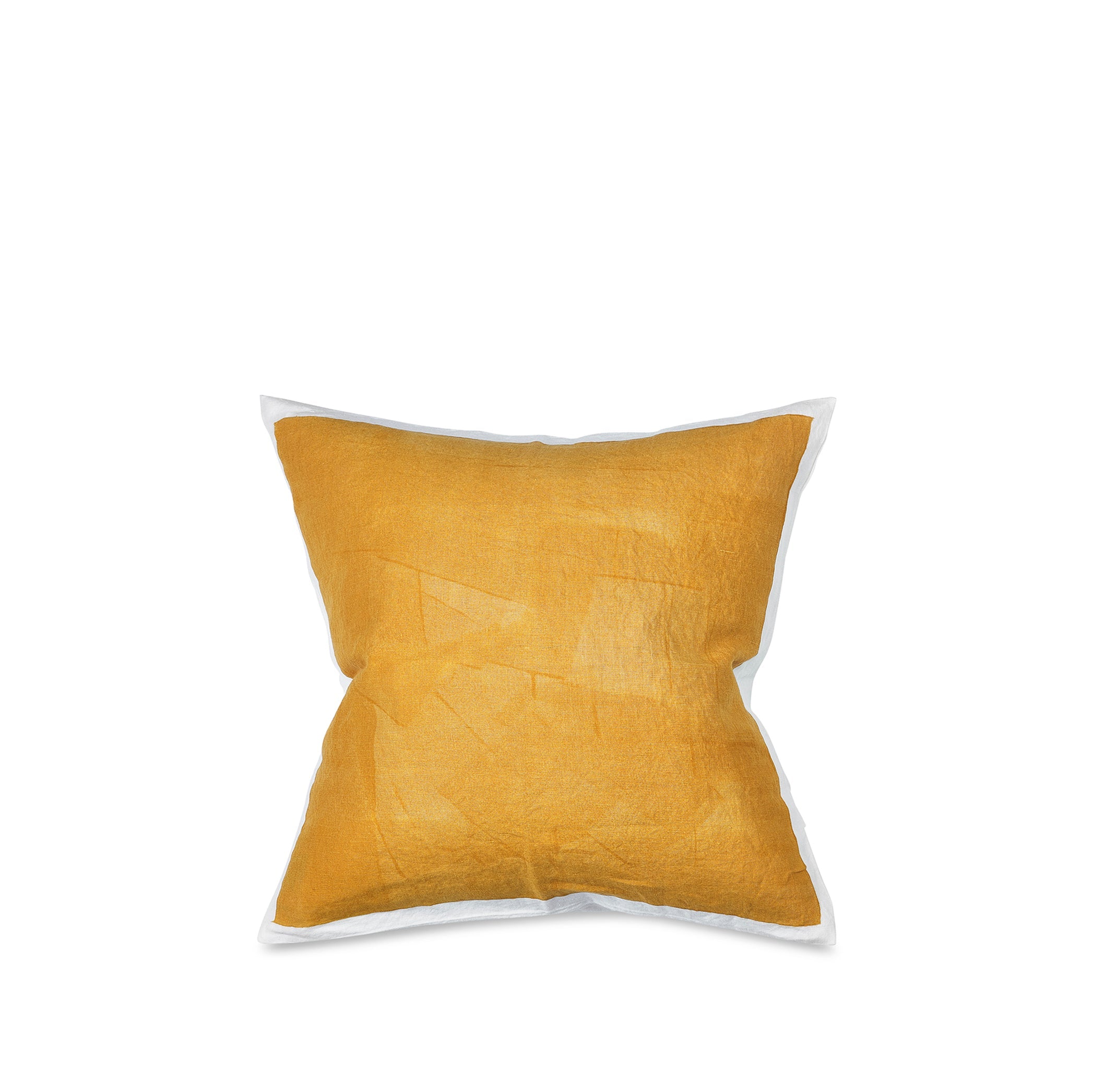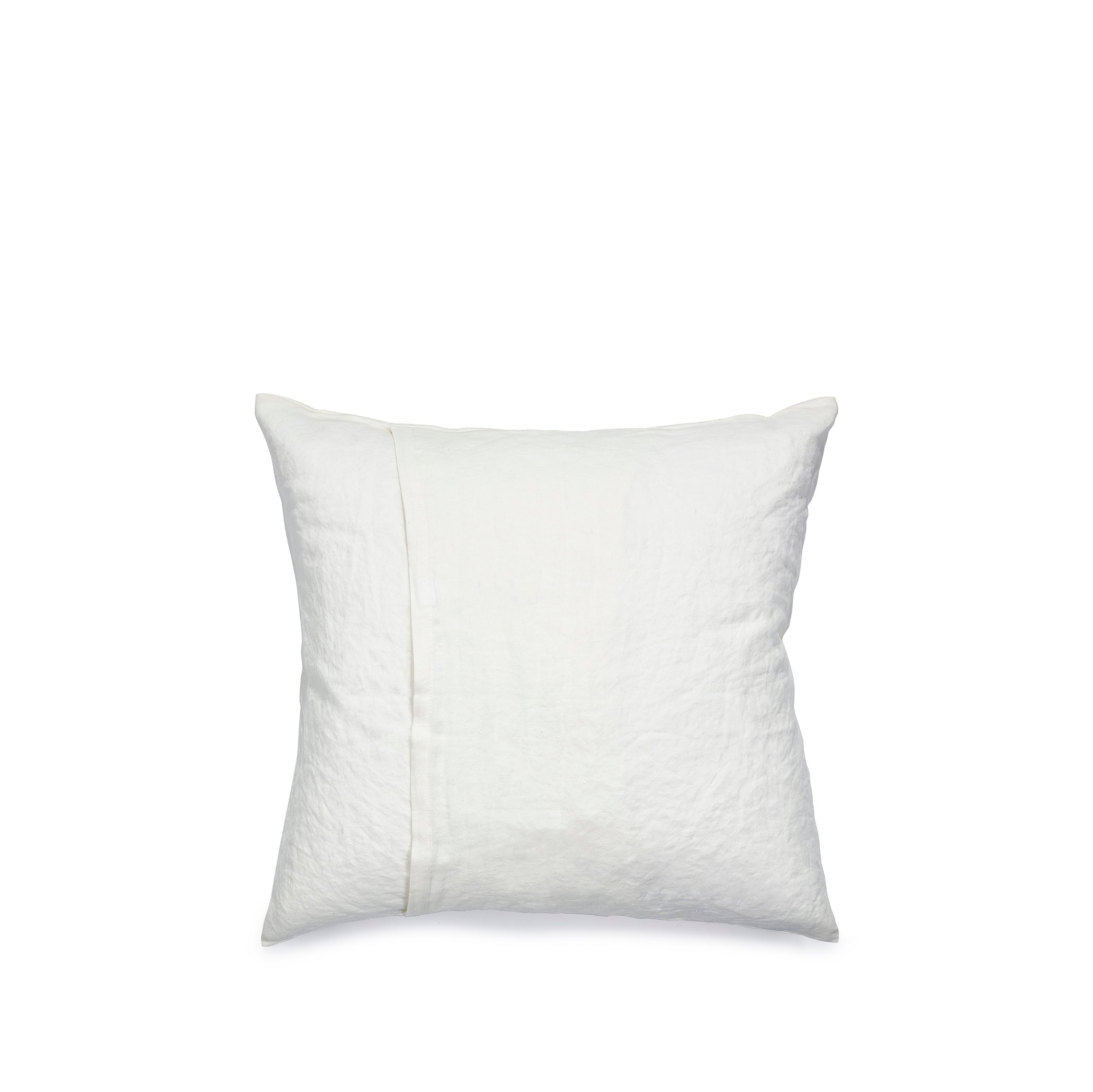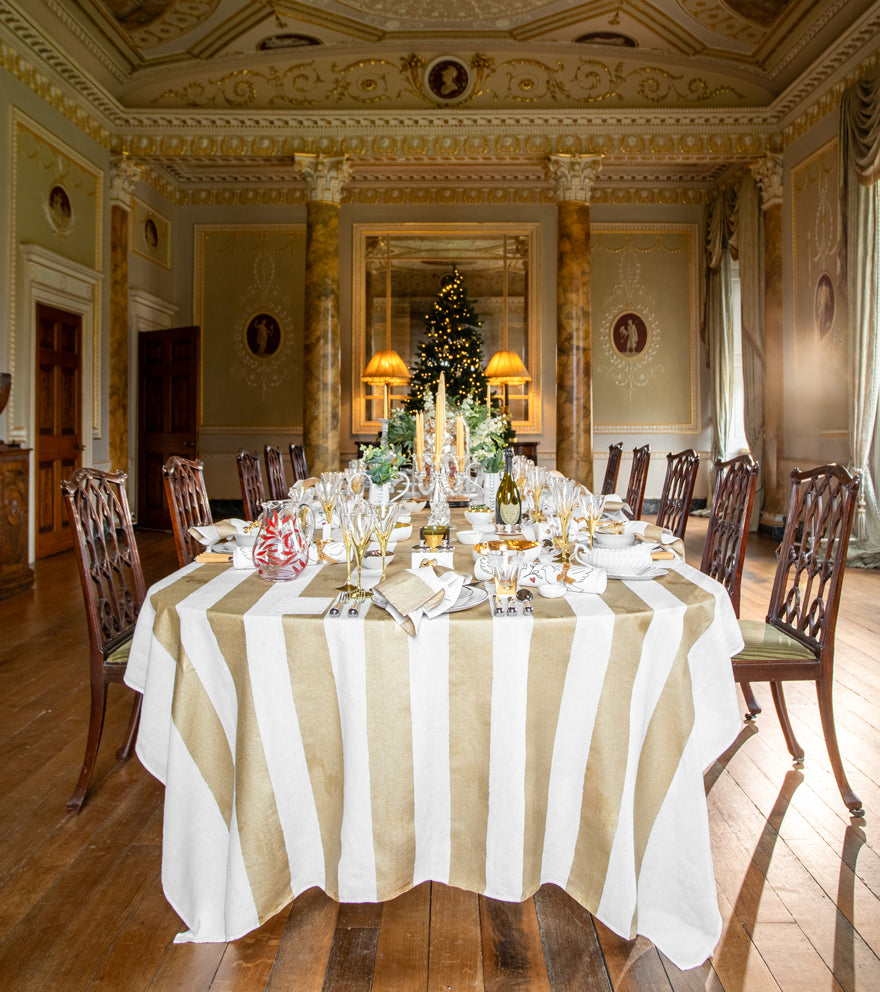History Of The Tablecloth

At Summerill & Bishop, family meals and setting the table are sacrosanct. We are dedicated to bringing family and friends around the table, to foster connection, by creating inspiring landscapes for them to be in. We are most focussed on the canvas to all this; a beautifully designed tablecloth and striking tableware that sparks a conversation and encourages a party, or just a pair of friends, to linger for a while. Setting the table for us, is a creative way to show our love, care, and compassion for those in our lives - art that we can all indulge in. You’ve probably guessed that our affinity for this act runs deep and as we try to entice more and more people back to the table, at least a few nights a week, we ask ourselves, who was doing this before us? How did this ritual begin? It's always fascinating to understand the origins of any subject that captivates you. So, indulge us for a moment - we’re taking you back in time, to a few key points in tablecloth history, to trace where our love affair with linen and laying the table began.
A Little Dining History: Tablecloths, Napkins, Cutlery & More…
The way we gather around the table and the accoutrements with which we have done so for centuries, speak volumes about our place in history. Seemingly simple objects like forks, knives, spoons, tablecloths, napkins and more ooze history within their very material, their shape, and design. Cultural revolution, industrial advance, war, violence, destruction, and reconstruction, it all comes to rest around the dinner table.
The Origins of Napkins and the Development of the Tablecloth
The first mention of the tablecloth was by the Latin poet, Martial, around 100 AD. Before then, the Romans, who liked to sup in a relaxed, altogether reclined fashion, used different lengths of linen cloth for different napkin-related purposes. The Spartans before them had simply used pieces of dough for the same purpose. So, it’s really the Romans we can name as pioneers when it comes to napkins and tablecloths. They carried mappa, small squares of linen, to meals to wipe their fingers. They also draped Mantele, larger pieces of linen, over their seats to serve as catch-all napkins - a precursor to the tablecloth (Murray, 1875). Over the years, the mantele grew longer, and the eating position morphed from reclined to upright. For centuries, linen remained the fabric of choice.
When thinking about any custom in Western History, fine art is often a great resource. One of the greatest depictions of a dining scene in Western History is undoubtedly Leonard DaVinci’s Renaissance masterpiece, The Last Supper. Painted at the end of the 15th Century, it depicts Jesus Christ and the Apostles seated at a table sporting a long white tablecloth. While it is not historically accurate to assume that tablecloths were in use in the days of Jesus Christ, we can surmise that they were a given in DaVinci’s time. This specific table cover is based on a Perugian Towel – Tovaglia Perugine – which was a popular style of woven linen cloth made in Umbria for liturgical purposes from the 12th Century onwards (Roberts, 1967). Made with white linen, these cloths often sported patterns or simple trims woven in blue cotton (Endrei, 1987).
DaVinci’s painting also depicts a style of dining - with all members of the party sitting on one side of the table rather than facing one another across the table – that says a lot about daily life at the time. There are two reasons for this dining arrangement. For one, at large banquets in the halls and courts of the well-heeled, entertainment was often provided and so the table served as theatre seating. The more sinister explanation is that life was quite simply much more dangerous, and murder and betrayal lurked at every corner – better to have one’s view clear (Roberts, 1967, p. 11).
Looking back even further in the annals of Art History, there is evidence of both tablecloths and this same seating arrangement on Byzantine mosaics from the 6th Century and Biblical woodcut illustrations dating back to the 10th Century (Old and Interesting, 2010). The famous Tres Riches Heures, an early 15th Century French devotional book of hours depicts a lavish feast served for the Duc de Berry (Roberts, 1967, p.16). Again, an open seating arrangement and a white tablecloth – white woven linen known as lozenge twill was developed in the early Middle Ages (Geijer, 1979, p.171).
As small but incredibly important aside in tablecloth history took place in 12th Century Britain, when the British National Treasury came to be known as it is today as the “Exchequer”. The unusual name comes from a chequered tablecloth around which the kingdom’s authorities gathered to visually ‘balance the books.’ They placed counters upon the cloth to represent financial incomings and outgoings - a medieval Excel spreadsheet, if you will. Think of it as the original presentation of the much awaited, much debated Chancellor’s annual budget (Barrat, 2013).

Exchequer of Ireland (Facsimiles of Irish Manuscripts, volume III, plate xxxvii.)
After this time, however, the history of the tablecloth seems to plateau. Of course, there were developments, but for centuries, the vogue for white tablecloths continued. They developed into a luxurious, thick woven material called Damask, a collaboration between Flemish linen producers and Italian silk weavers. Their meeting point was the Flemish port of Bruges, the centre of the Italian sea trade (Geijer, 1979, pp.172-173).
From the 16th Century onwards, there was no looking back for white damask. It became an international status symbol, a requisite for all the royal courts, an essential part of a bride’s dowry in the 19th century. Even today at Buckingham Palace, the main banqueting table is covered in 7 white damask tablecloths measuring an astounding 68 metres each (Jones, 2008, p.38).
Art History also documents an important change in who came to own damask. Impressionist, post-Impressionist and Realist painters after them from Pierre Bonnard and Felix Valloton to Ilya Repin and James Ensor depicted beautiful domestic scenes with white damask tablecloths at their centre. They were no longer exclusively the centrepieces of liturgical ceremonies, or the great royal halls and princely courts, they were now a status symbol too for the growing bourgeoisie, or middle class (Borzello, 2006, pp.148-151).
A Little History of Cutlery
Aside from the white tablecloth, the other notable early dining accessories are the knife and spoon. In fact, both have been in use at mealtimes since pre-historic times. The Romans were known to bring their own knives for solids and spoons for liquid foods at mealtimes (Facts and Details n.d.). The practice of ‘BYO’ cutlery also takes us back to the danger of mealtimes; for centuries, dinner guests carried their own knives to meals not just for cutting and spearing their morsels of food, but for self-protection. (Coffin, 2006, p.122). In 17th Century France, King Louis XIV’s court put an end to all that, commanding that all knives presented at the dinner table must be blunt (Antiques And The Arts Weekly, 2006). It’s surprising (if not shocking) to learn that forks were not commonly in use until the late Middle Ages when Italians adopted and developed the Byzantine instrument in order to eat spaghetti while keeping their ruffs impeccable. The custom then travelled to the rest of Europe with Catherine de Medici’s 16th Century marriage to King Henry II of France. It appears the Brits scorned their neighbour’s new-fangled implements until the 18th Century (Leah, 2007).
Up until this time as well, diners tended to carry their own meal implements, carried in elaborately designed cases that were worn almost like stylish purses.
The Dining Room
The beginning of the Industrial Revolution in the 18th Century proved a turning point too, not just for forks, but for the way we dine in general. The emergence of a middle class paired with the great advances in factory production made more products available to more people. Homes became cosier, and the dining room emerged. Furniture became fit for purpose. A table was no longer just a multi-use table, but there were all kinds – dining tables, drawing room tables, card tables (Kane, 2008). The same goes for chairs, beds, etc. Now, hosts could afford to buy a suite of ceramics and cutlery for their home and their guests no longer had to bring their own. There were so many new ways of showing status – through fine porcelain like that of Sèvres or Meissen manufacture, by presenting silver table accessories over pewter, by covering the table with luxurious Damask fit for royalty (Nichols, 1996).
The Making of the Modern Table
Of course, great advances do not come without their issues and ergo, resistance. By the late 19th century, with the Industrial Revolution now well underway, and daily life totally and indelibly transformed, a few voices of resistance emerged from the masses (at least when it comes to design). In Britain, the Scottish architect Charles Rennie Mackintosh and the English artist and designer William Morris investigated and espoused craft, folk art and traditional ways of making as an antidote to mass production (Yarwood, 1956).
Similarly, in Vienna, artists like Josef Hoffman, Gustav Klimt and Koloman Moser formed the Vienna Secession movement, shying away from historicism in art, and the endless repetition of religious and romantic themes in painting. This rebellion also bled into design; Influenced by the Brits, Josef Hoffman and Koloman Moser went on to find the Wiener Werkstatte, a craft-led design production studio, in the early 20th century (The Art Story n.d.). These disparate movements had a discomfort with the status quo of mass production at their core, and looked to create new, Modern forms, by looking back at traditional craft and folk art. Perhaps, even more revolutionary is the fact that women were involved: making, and designing textiles, ceramics, etc., for the famed studio (The Art Story n.d.).
Tablecloths are the perfect distillation of what this revolution meant on the consumer end. Goodbye white damask, hello colour! Morris spent years perfecting new ways of producing dyed cloth for his beautiful nature-inspired patterns like the famous ‘Strawberry Thief’. In pictures of his home from the end of his career, you can see his prints proudly displayed on the walls and curtains, but also bold and colourful on the table, too (Mason, A. et al, 2021, p.181). Similarly, tablecloths from the Wiener Werstatte embraced geometric patterns in vivid colours (Hoffmann, J. and Löffler, B. 1905). Looking at paintings from the early 20th century, this revolutionary, even, break from white is evidenced in the vibrant works of Henri Matisse, where patterned tablecloths form part of the exuberant domestic background of his world view (Borzello, 2006, p.149).
A Century later, these early Modern principles ring true. Mass production remains firmly engrained in the fabric of our culture, but our deep love and admiration for craft remains.
Bibliography
Jones, K. (2008) For the Royal Table: Dining At The Palace, 5 August, 1st edn, London: The Royal Collection.
Yarwood, D. (1956) The English Home; A Thousand Years of Furnishing and Decoration, 1 January, 1st edn, London: Batsford Books.
Roberts, P.E. (1967) Table Settings, Entertaining, And Etiquette: A History and Guide, 1 January, 1st edn, London: Thames & Hudson.
Borzello, F. (2006) At Home: The Domestic Interior in Art, 25 September, 1st edn, London: Thames & Hudson.
Coffin, S. (2006), Feeding Desire: Design and The Tools of The Table, 1500-2005, 31 May, 1st edn, New York: Assouline.
Geijer, Agnes (1979), A History of Textile Art, 31 October, 1st edn, New York: Rizzoli International Publications.
Mason, A. et al (2021) William Morris (Victoria and Albert Museum), 2 November, 1st edn, London: Thames and Hudson Ltd.
Murray, J. (1875) ‘Mantele’, A Dictionary of Greek and Roman Antiquities, I, pp. 729-730. Available at: https://penelope.uchicago.edu/Thayer/E/Roman/Texts/secondary/SMIGRA*/Mantele.html.
Barrat, N. (2013) ‘The Exchequer: A Chequered History?’, The National Archives, 14 August, Available at: https://history.blog.gov.uk/2013/08/14/the-exchequer-a-chequered-history/.
Old And Interesting (2010) Tablecloths in The Middle Ages. Available at: http://www.oldandinteresting.com/medieval-tablecloths.aspx.
Endrei, W. (1987) ‘Les Etoffes Dites De Perouse, Leurs Antecedents Et Leur Descendance’, CIETA Bulletin 65, pp. 61-68. Available at: http://collections.vam.ac.uk/item/O15355/towel/towel-unknown/.
Antiques And The Arts Weekly (2006) ‘Feeding Desire’ At The Cooper-Hewitt, National Design Museum, 30 May, Available at: https://www.antiquesandthearts.com/feeding-desire-at-the-cooper-hewitt-national-design-museum/.
Leah (2007) ‘The History Of The Fork’, National Maritime Museum, Available at: https://www.rmg.co.uk/stories/blog/history-fork#:~:text=The%20fork%20was%20introduced%20to%20Europe%20in%20the%2010th%20century,amongst%20merchants%20by%20the%2014th.
The Art Story (no date), The Weiner Werkstätte. Available at: https://www.theartstory.org/movement/wiener-werkstatte/.
Hoffmann, J. and Löffler, B. (1905) ‘Tablecloth’, MoMA, Available at: https://www.moma.org/collection/works/2149.
Facts And Details (no date) Eating Habits and Customs In The Roman Empire, Available at: https://factsanddetails.com/world/cat56/sub369/entry-6311.html.
Nichols, S. (1996) ‘At Table: High Style In The 18th Century’, Carnegie Museum of Arts, Available at: https://carnegiemuseums.org/magazine-archive/1996/sepoct/feat5.htm.
Kane, K. (2008) ‘Furniture and Rooms with A Purpose’, The Regency Redingote, 3 October, Available at: https://regencyredingote.wordpress.com/2008/10/03/furniture-and-rooms-with-a-purpose/.

